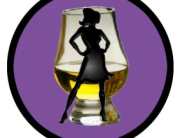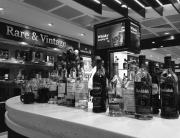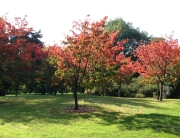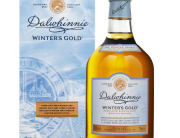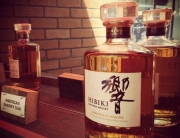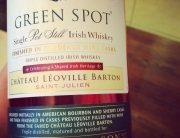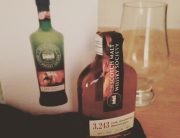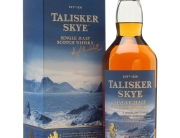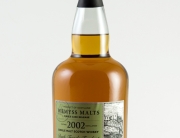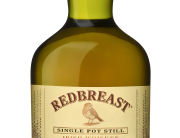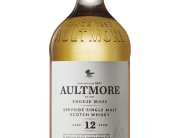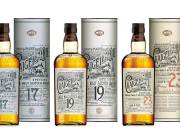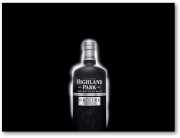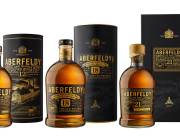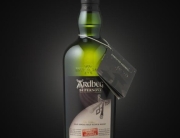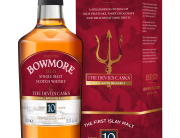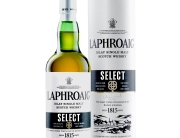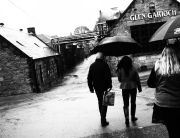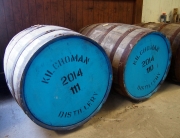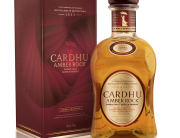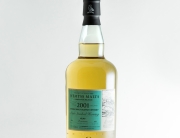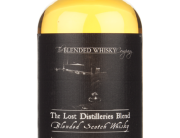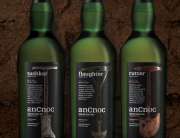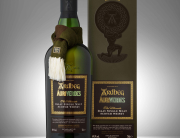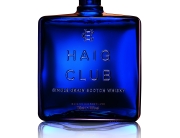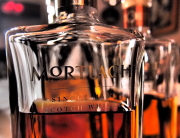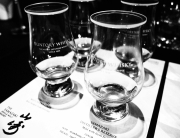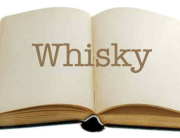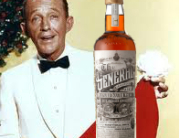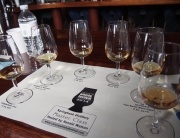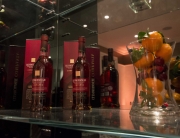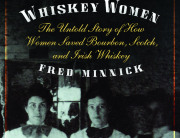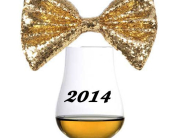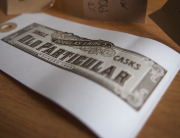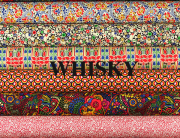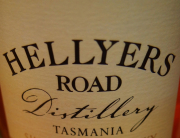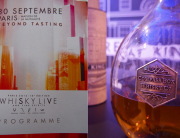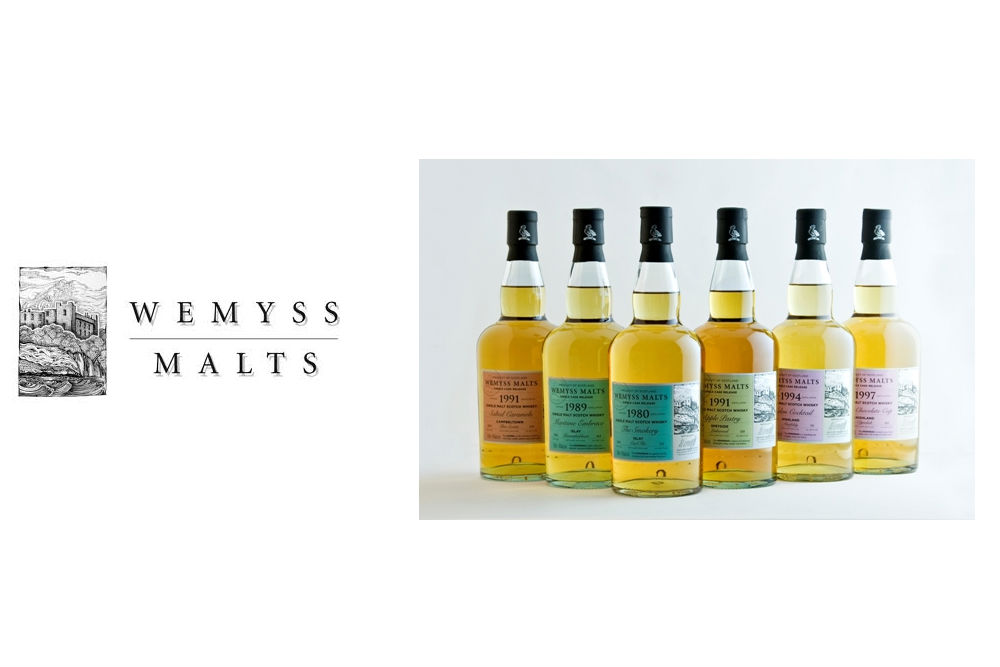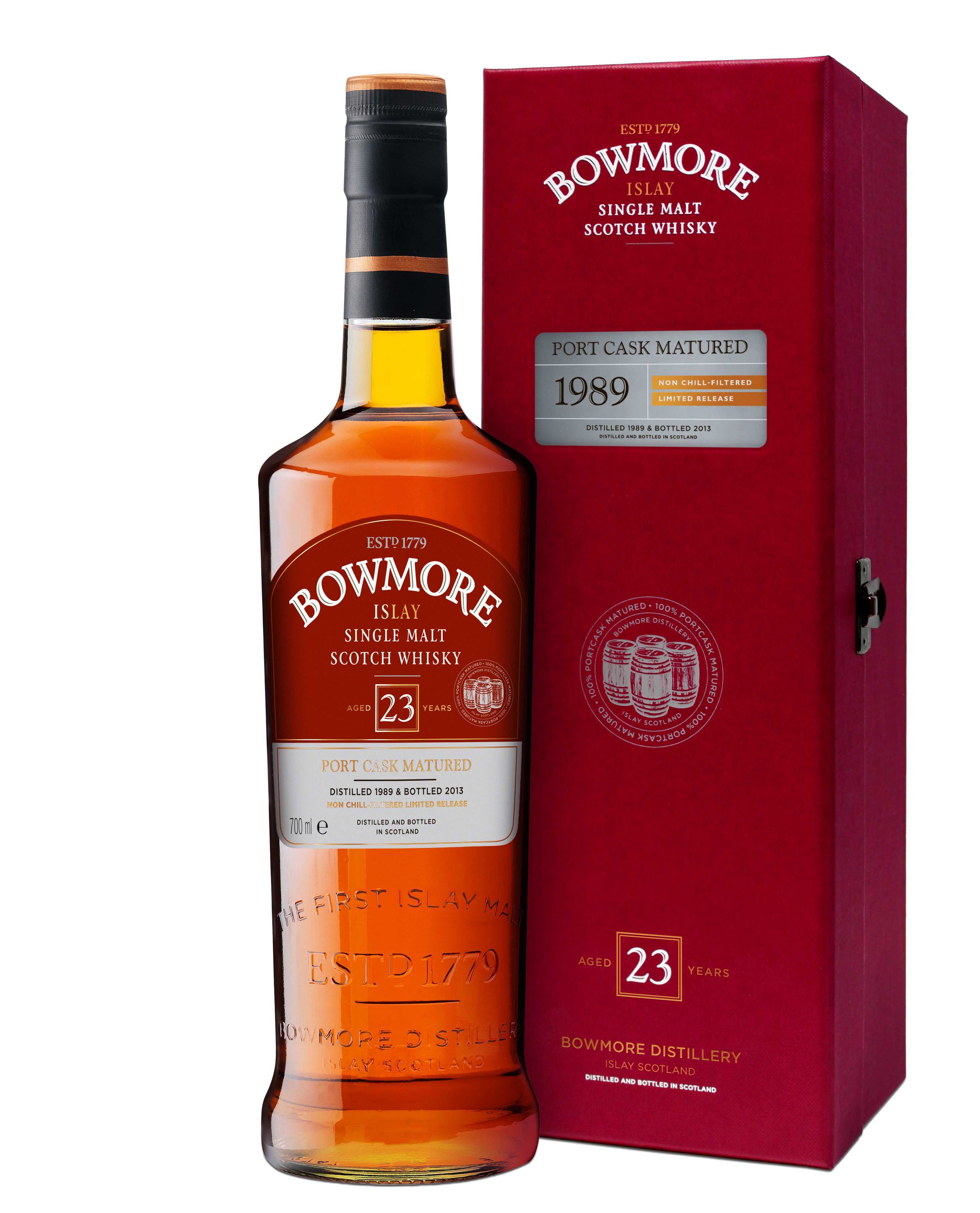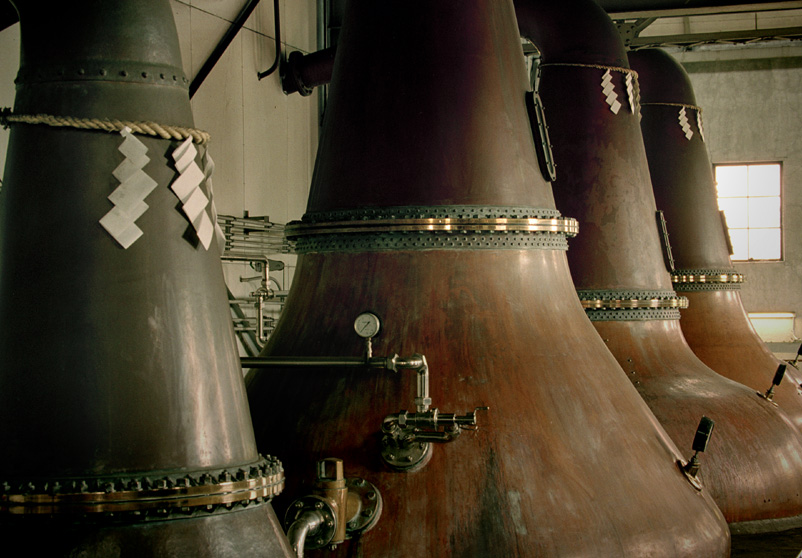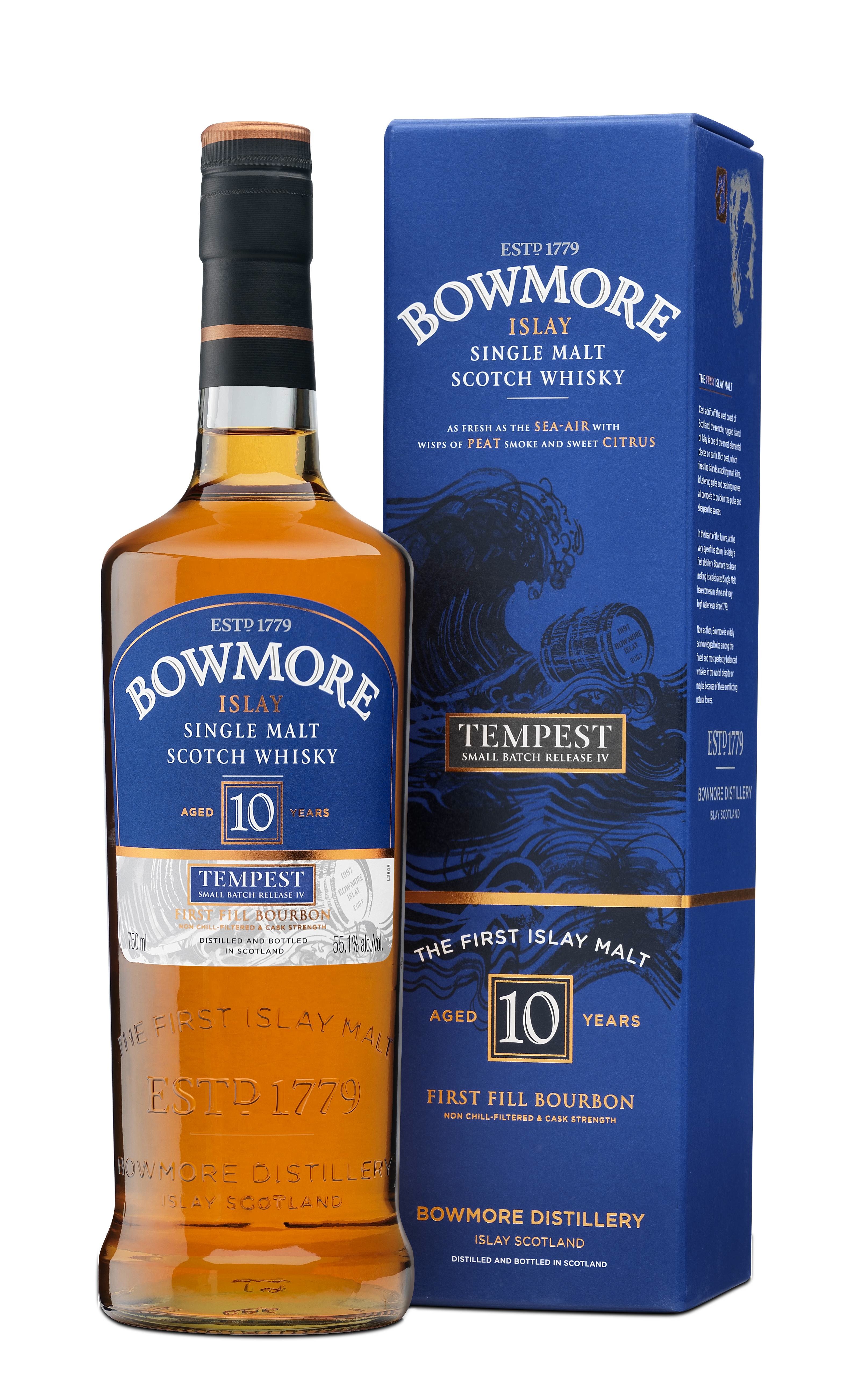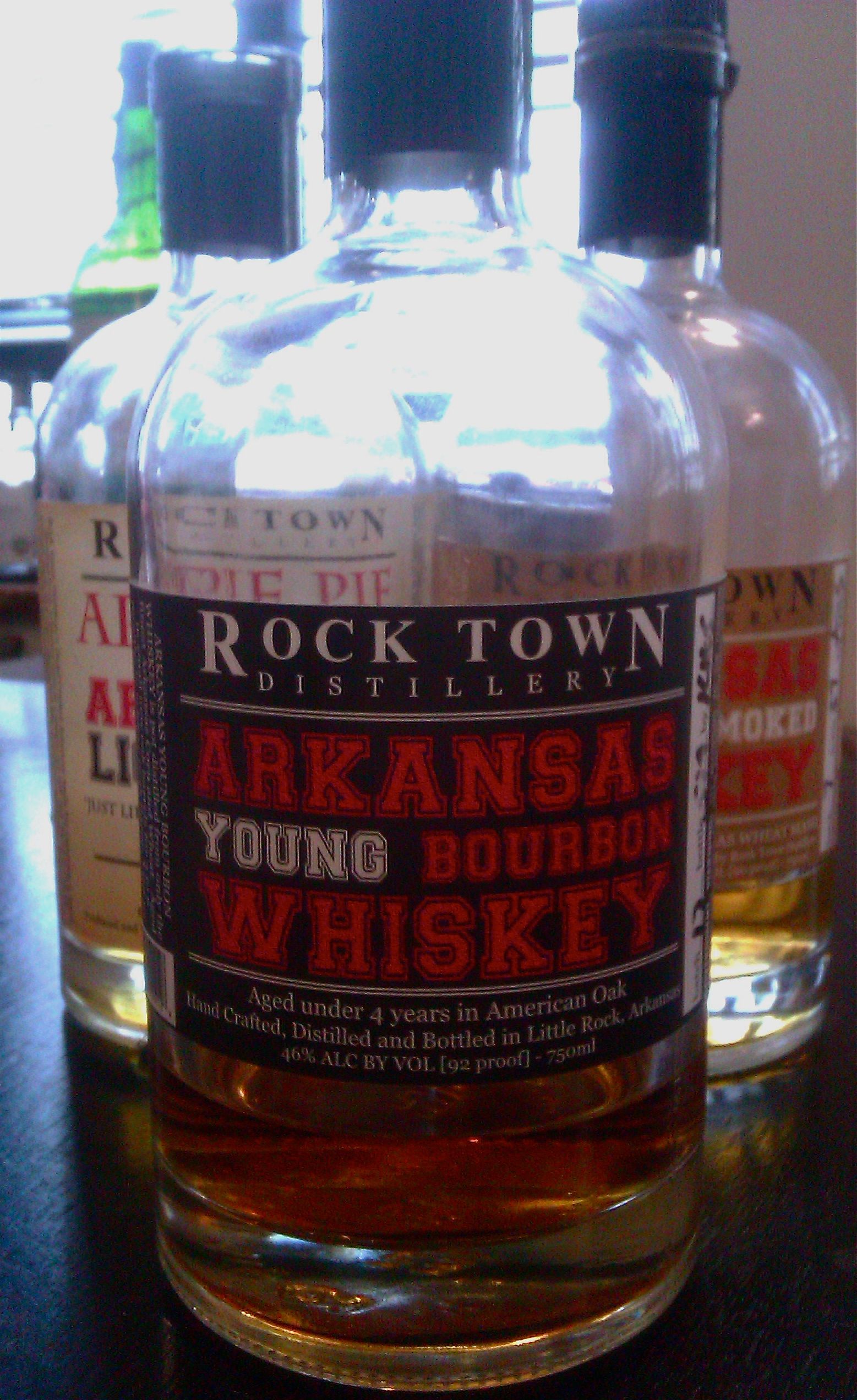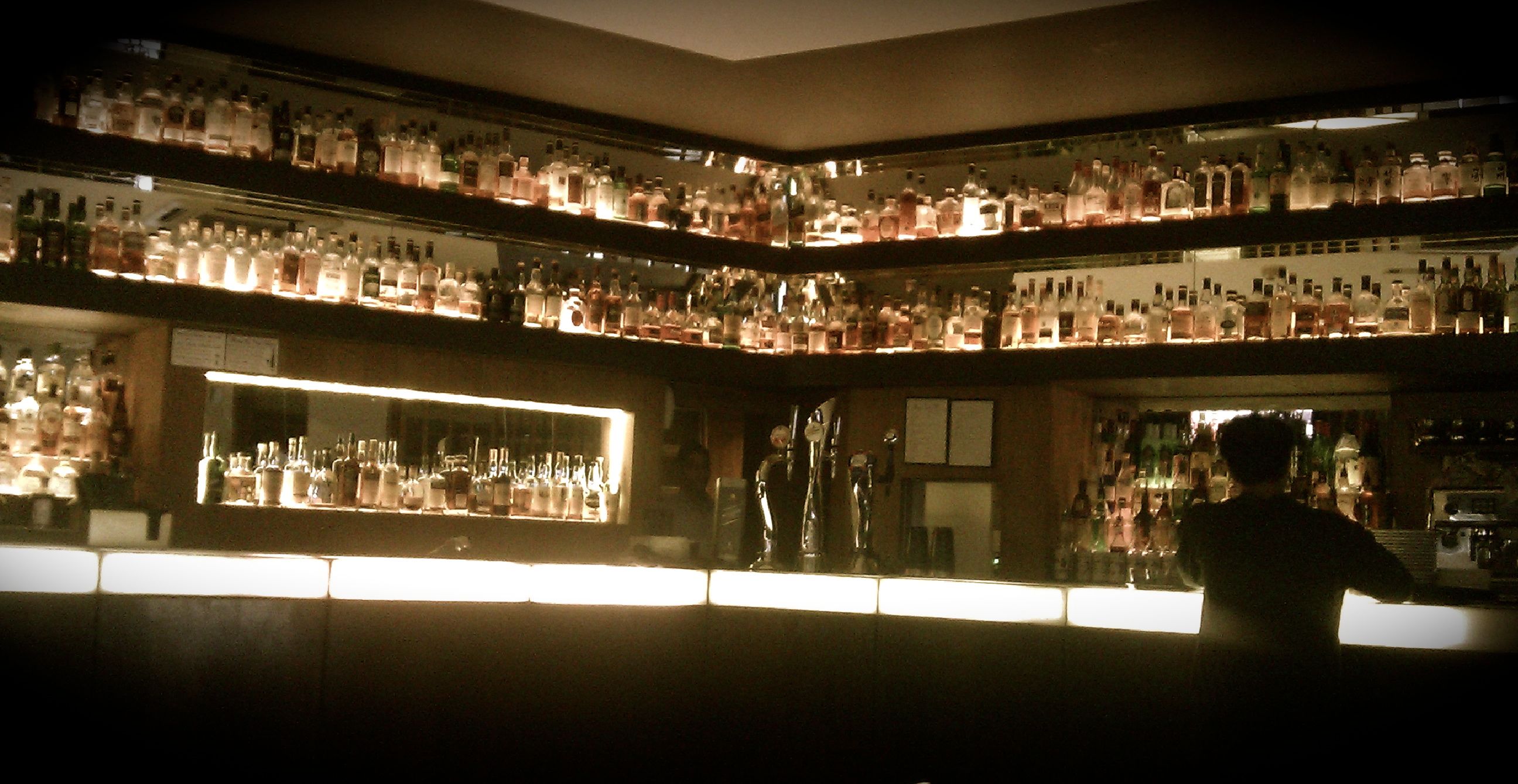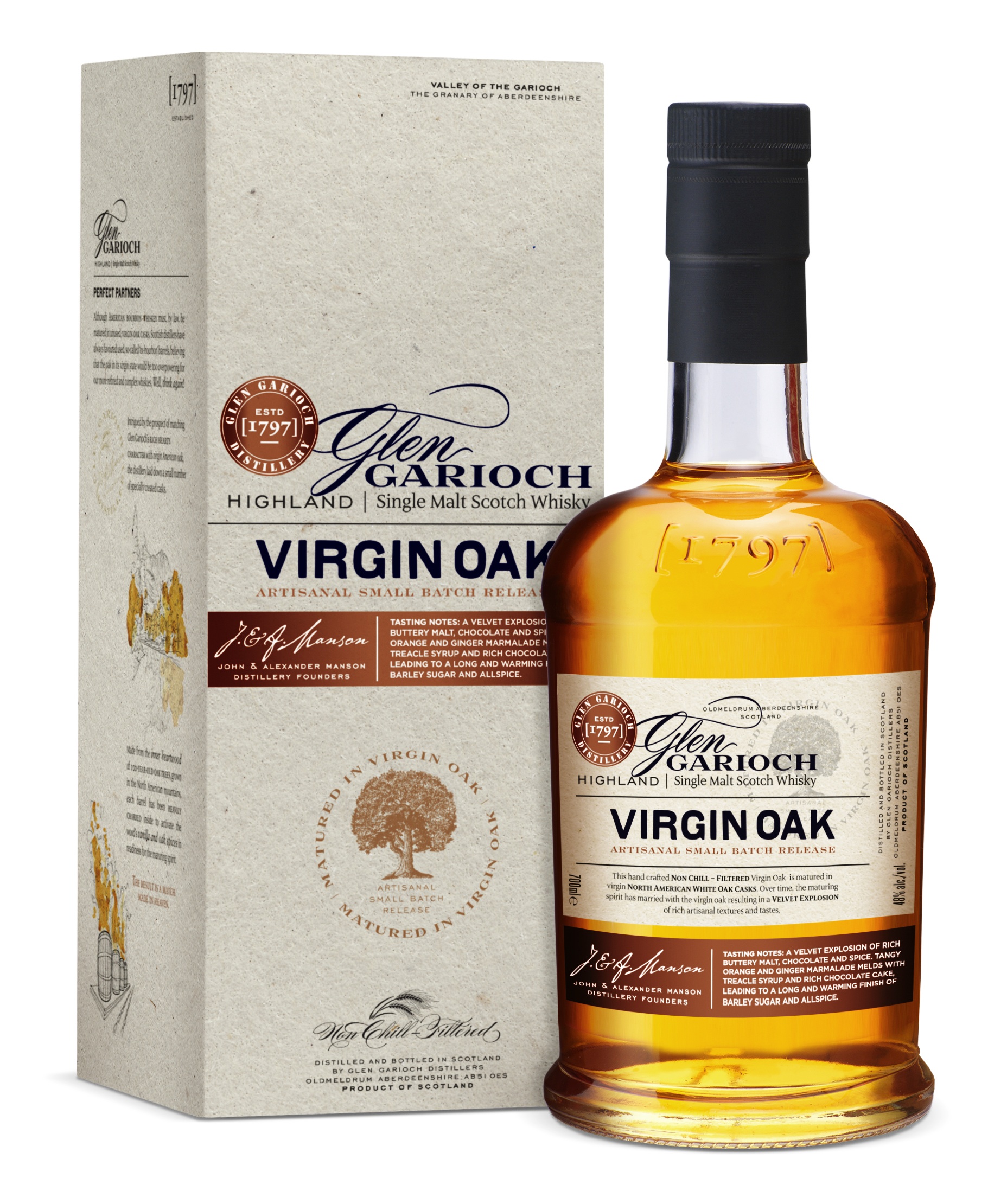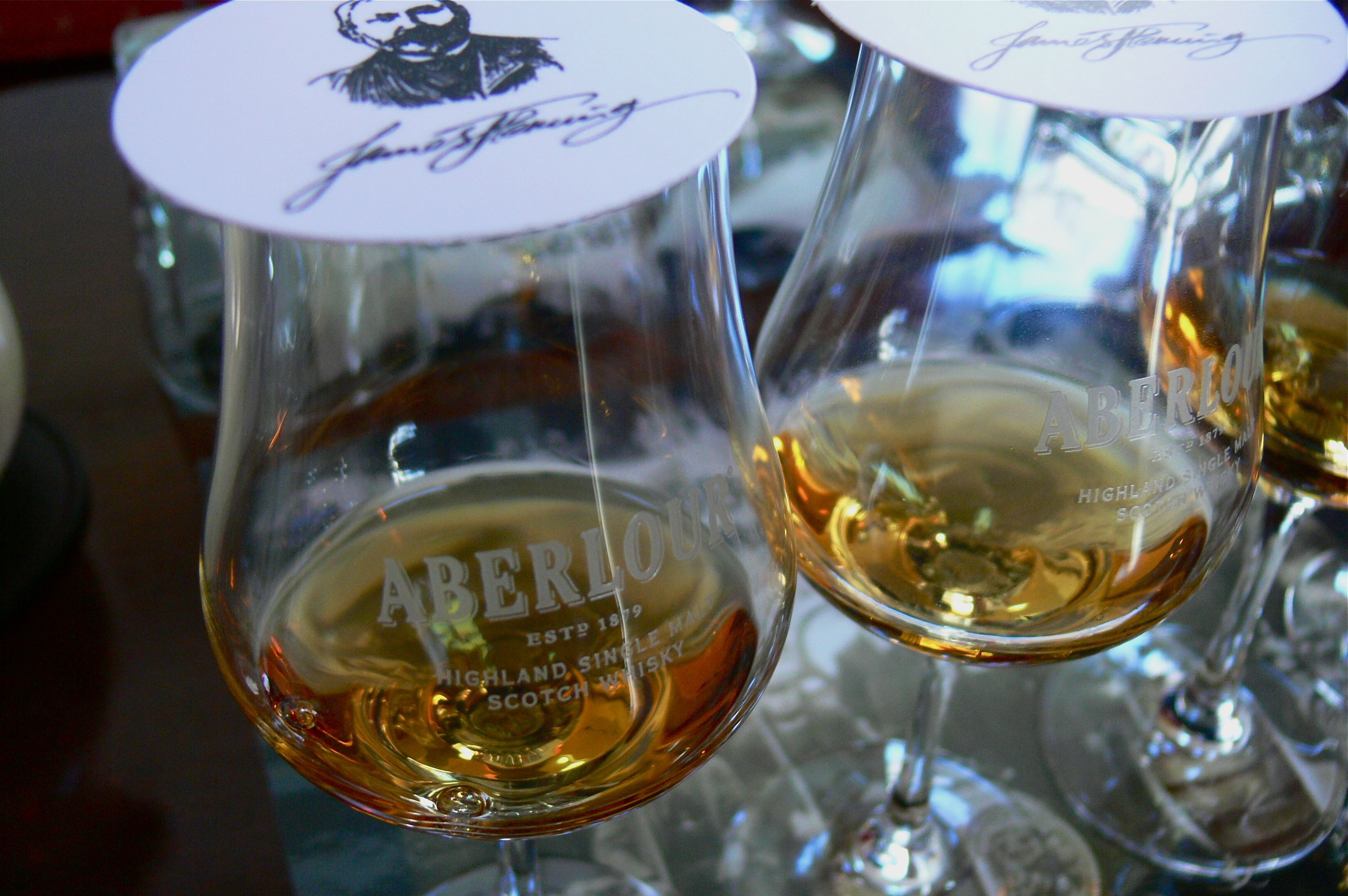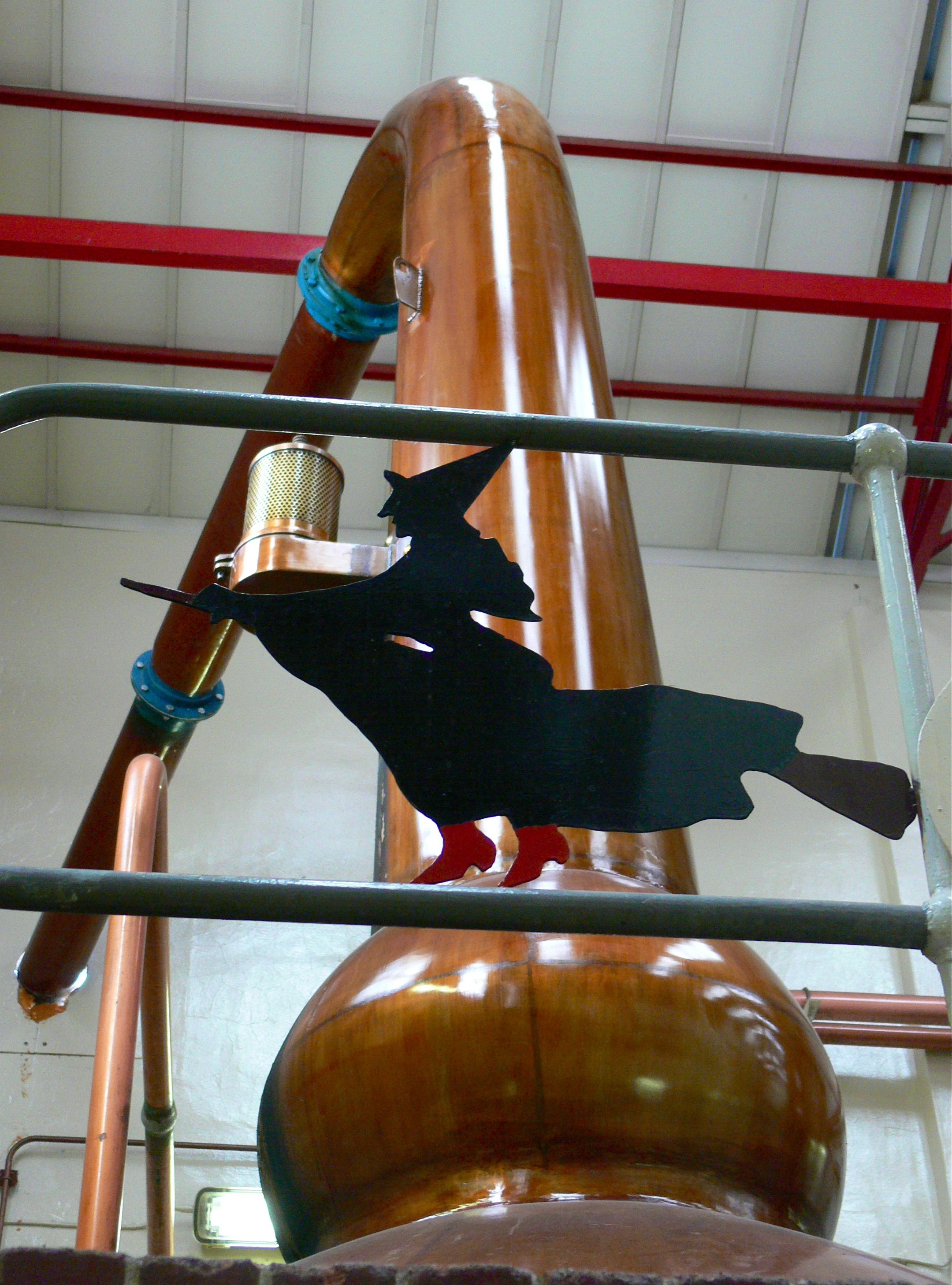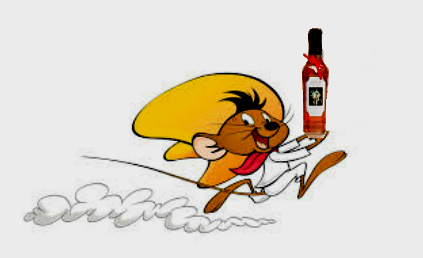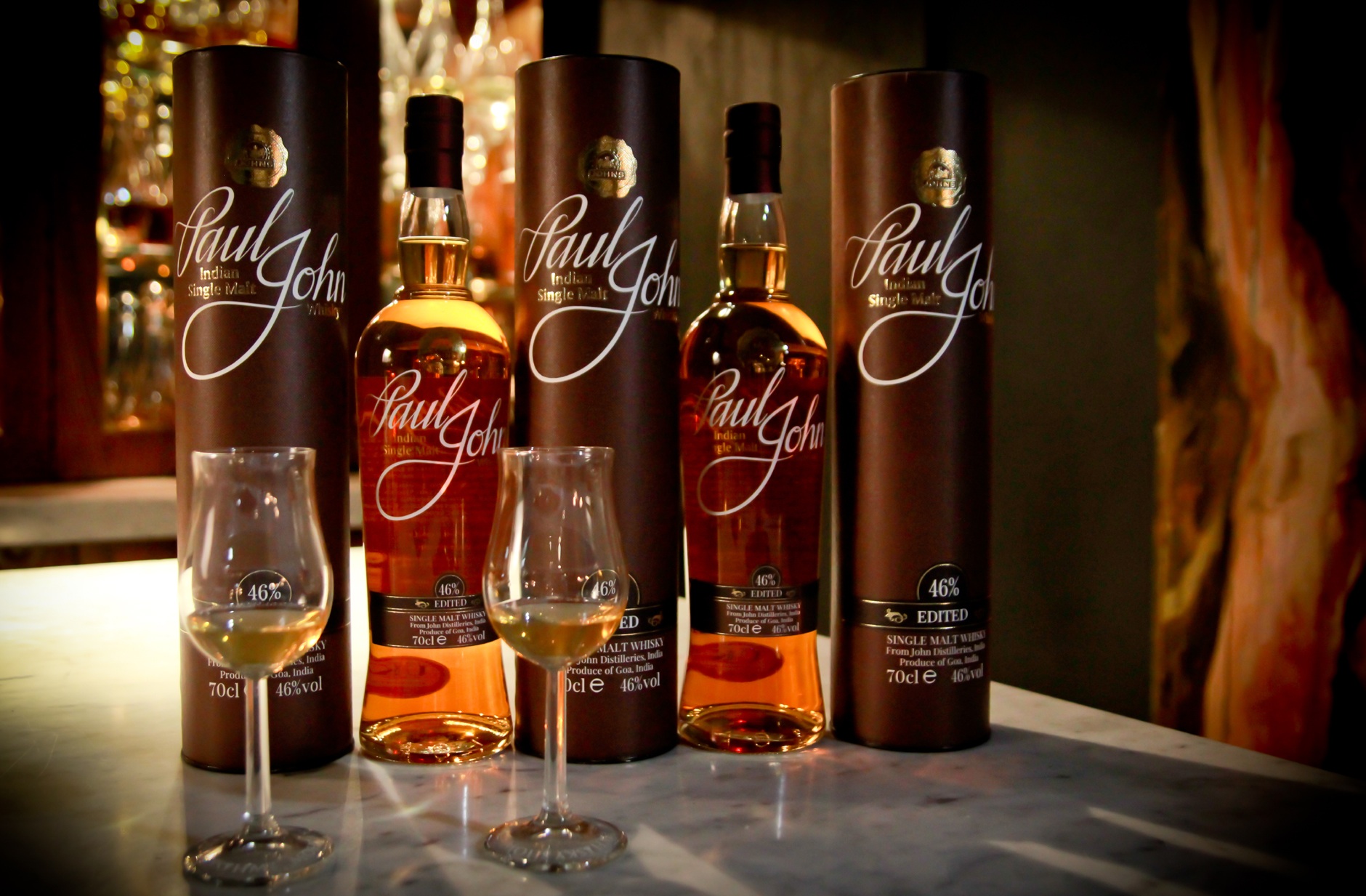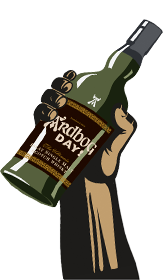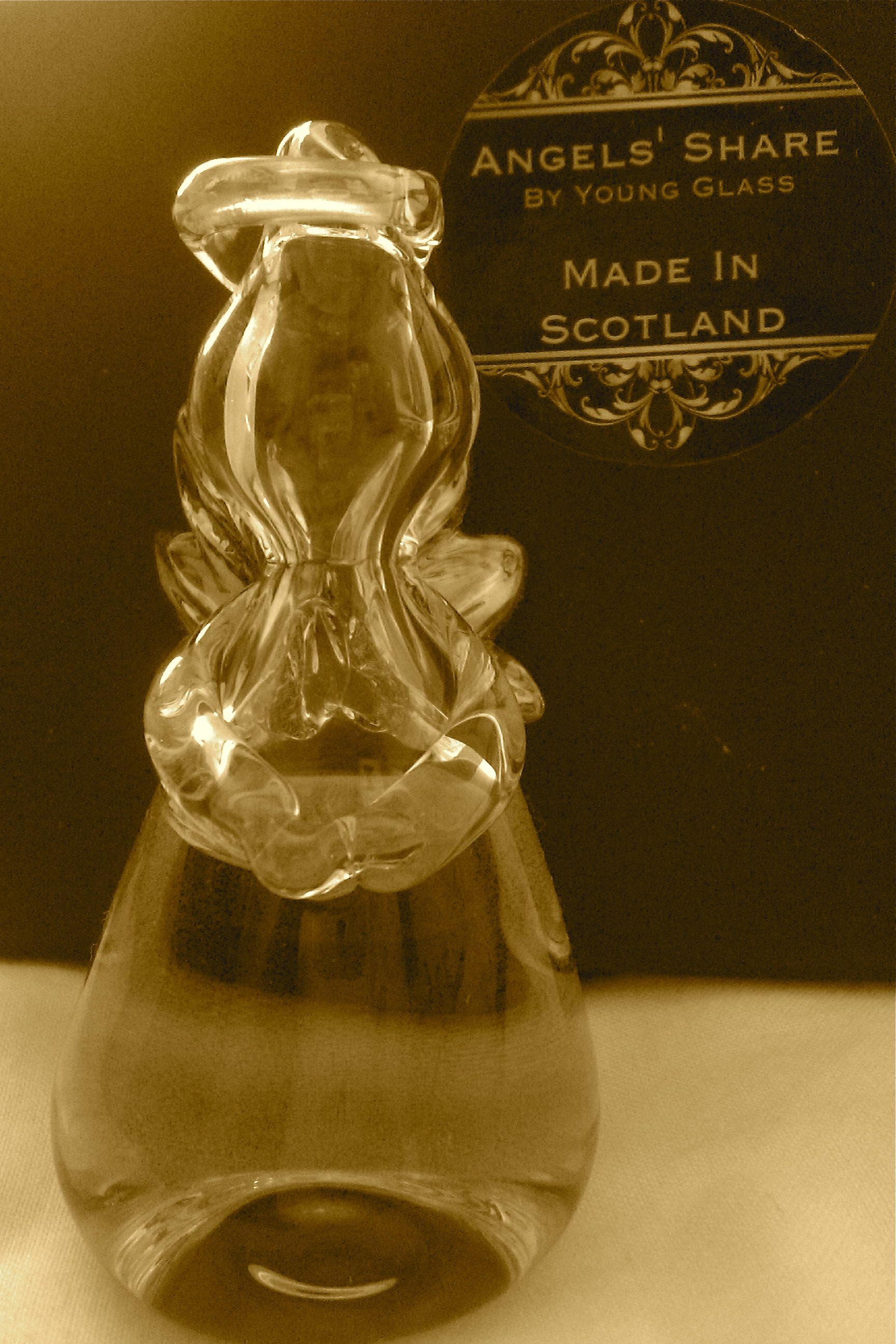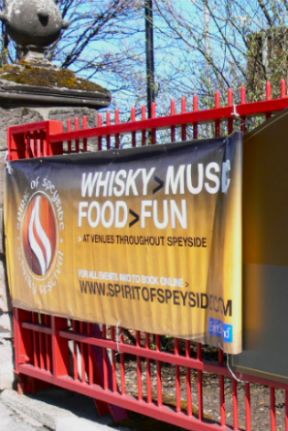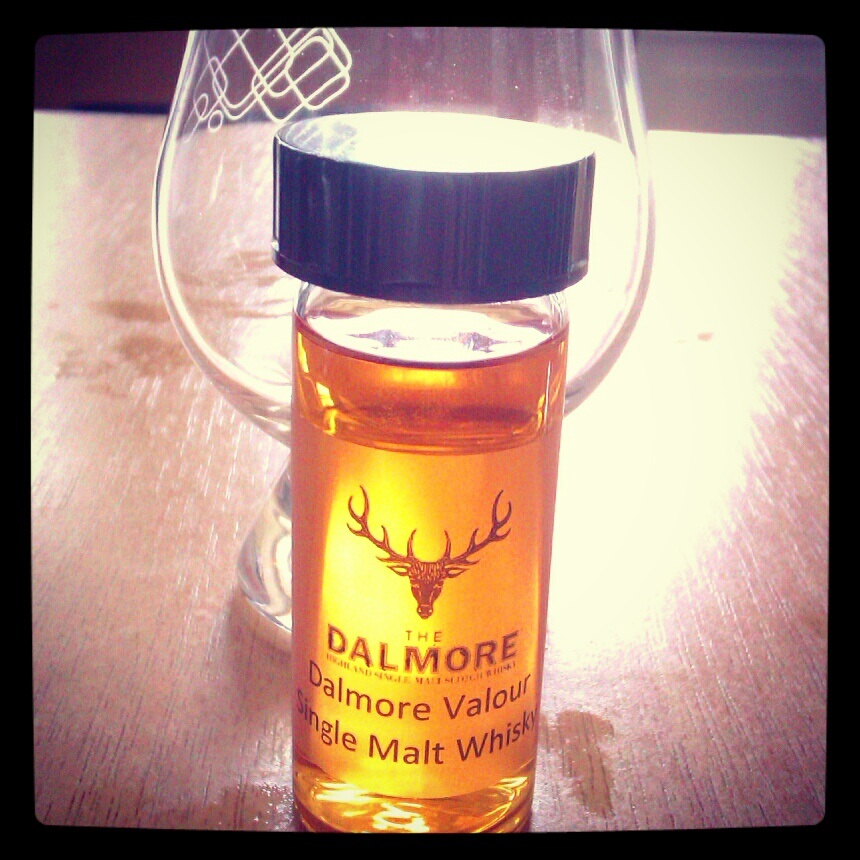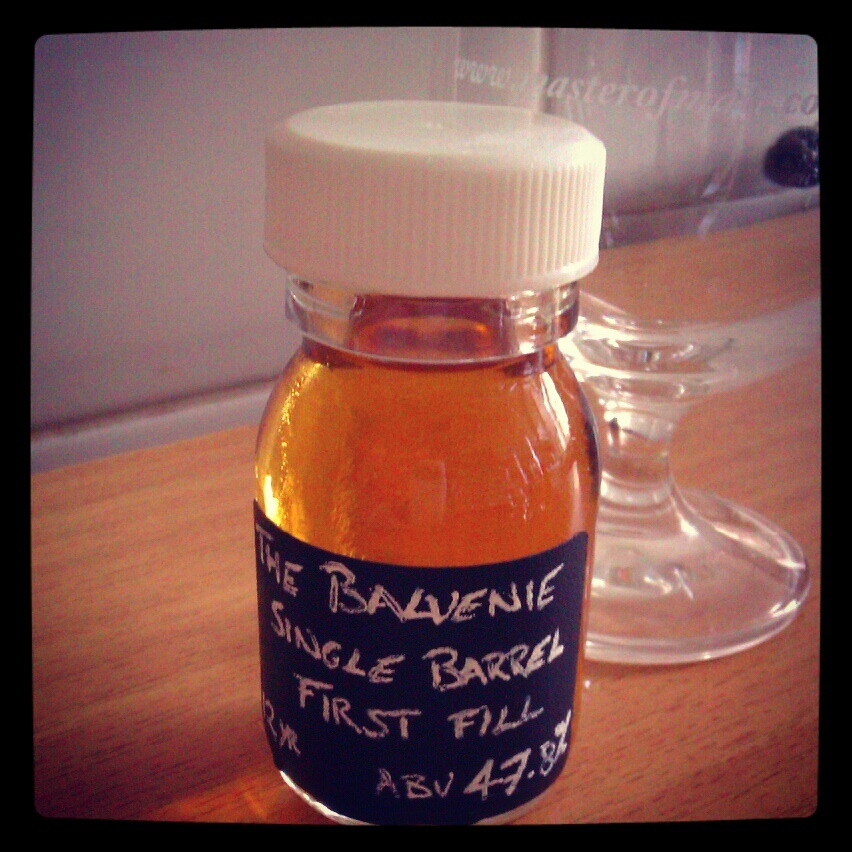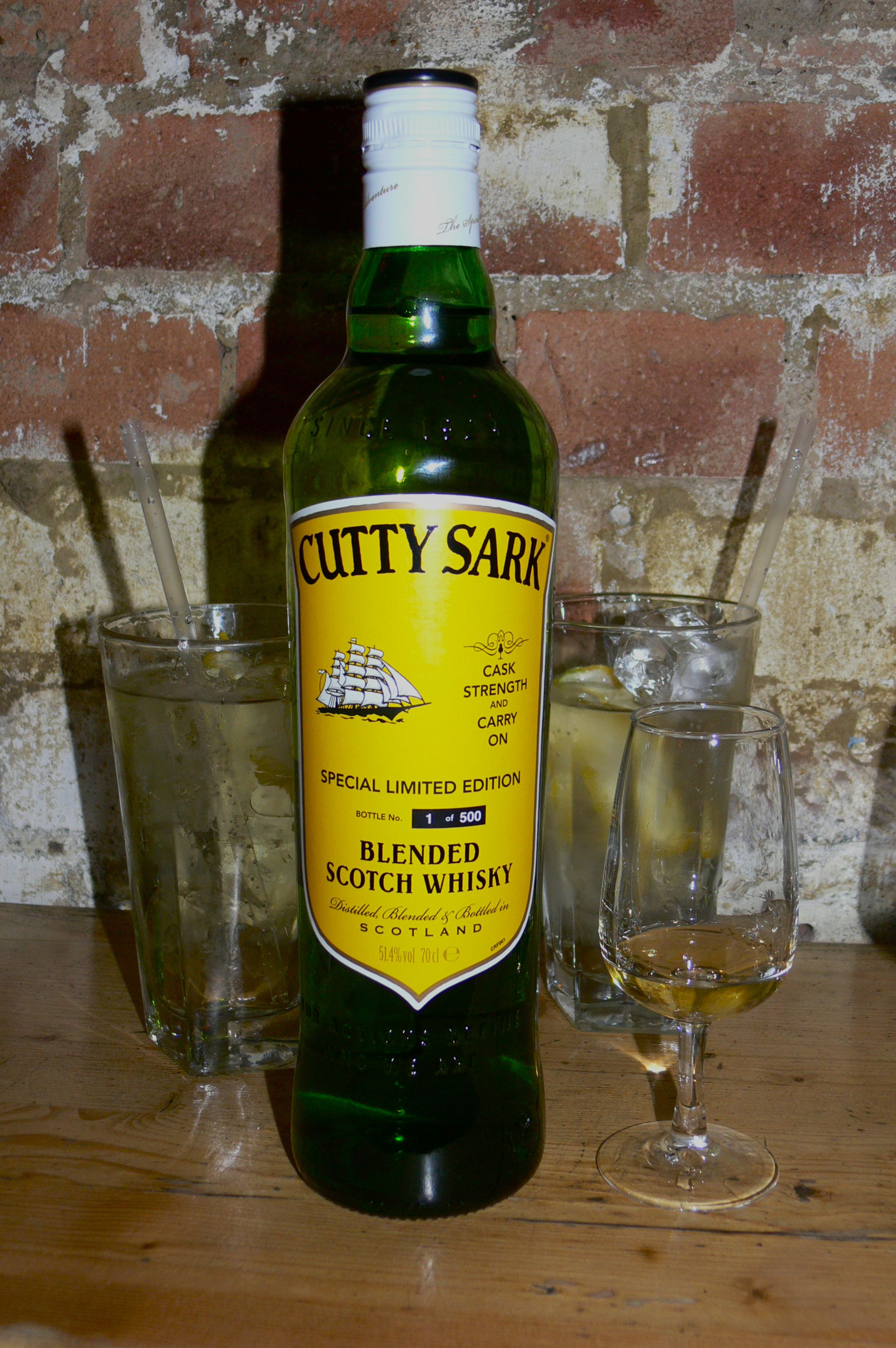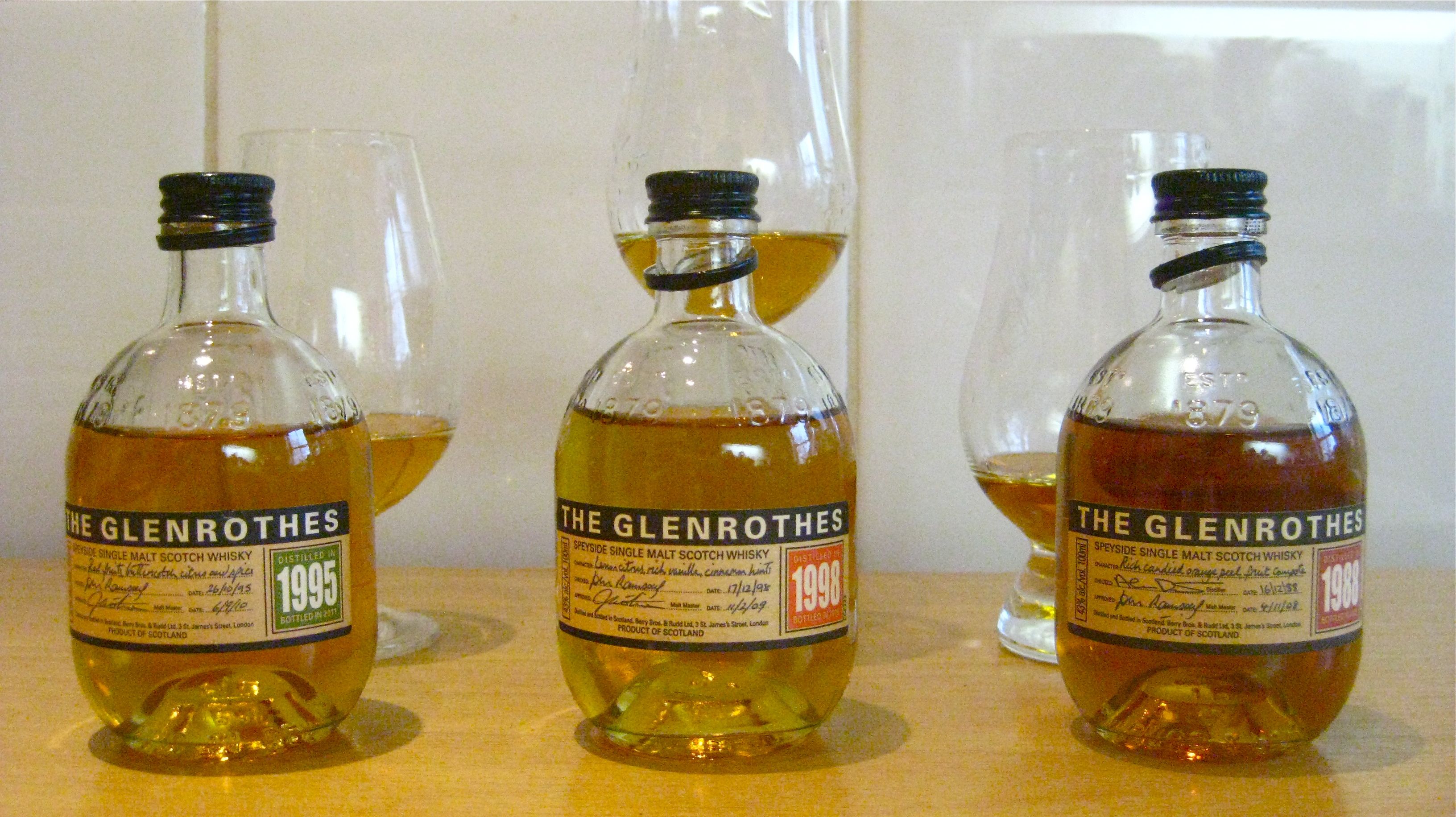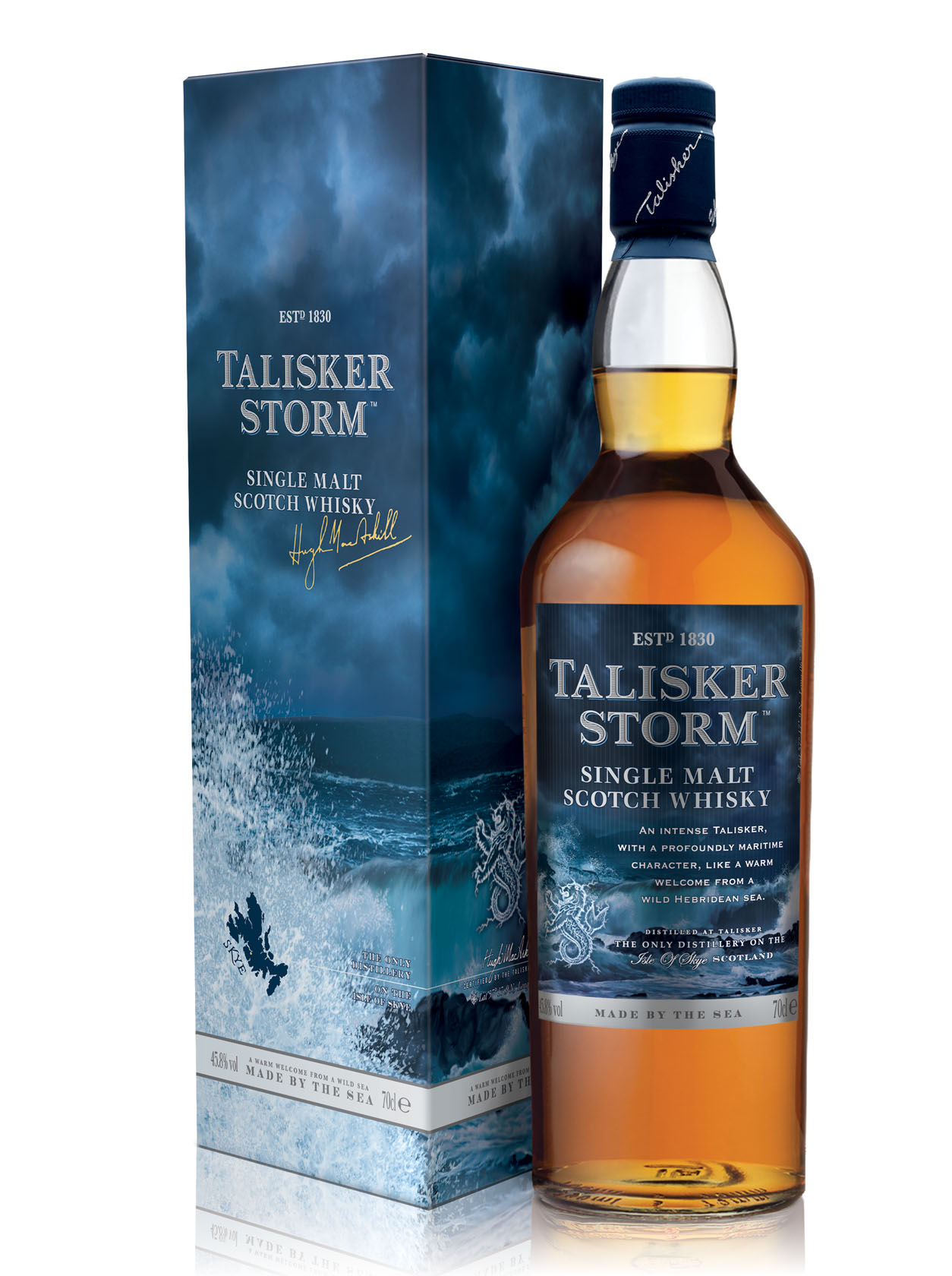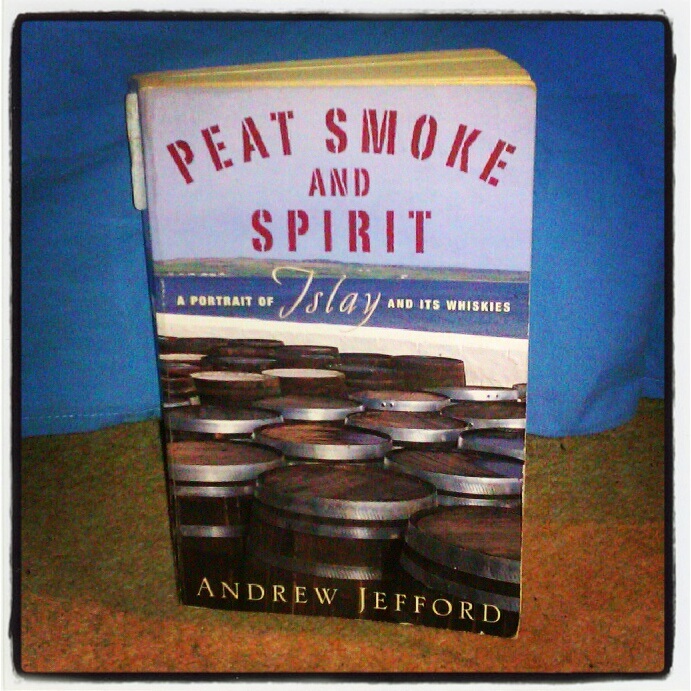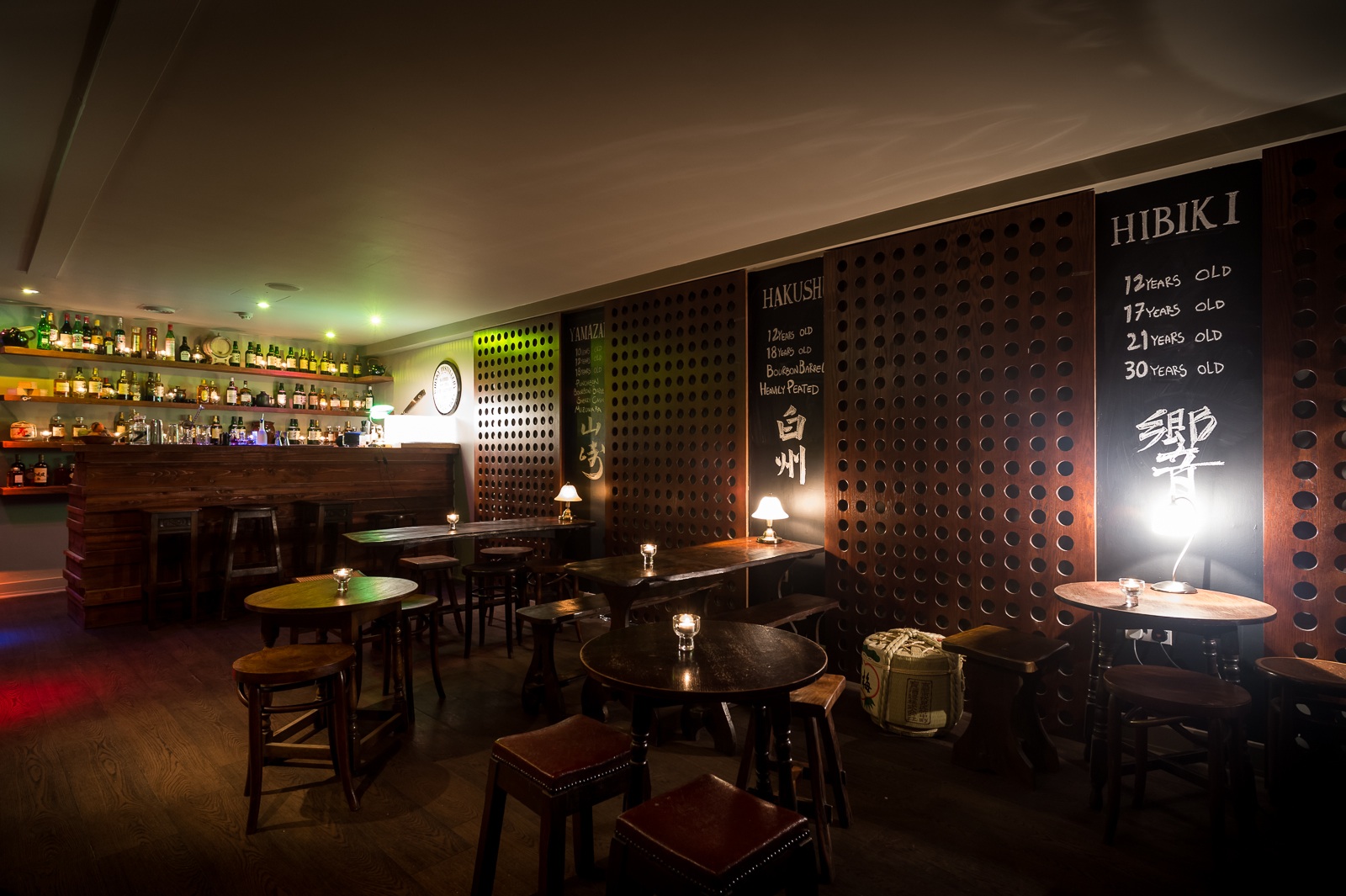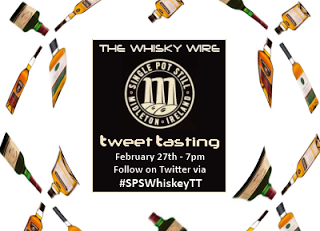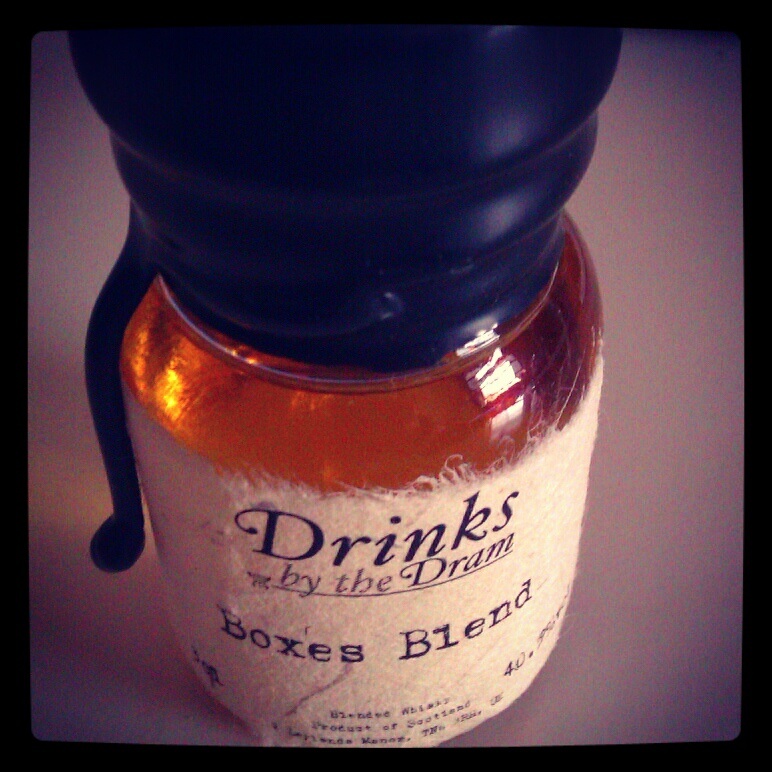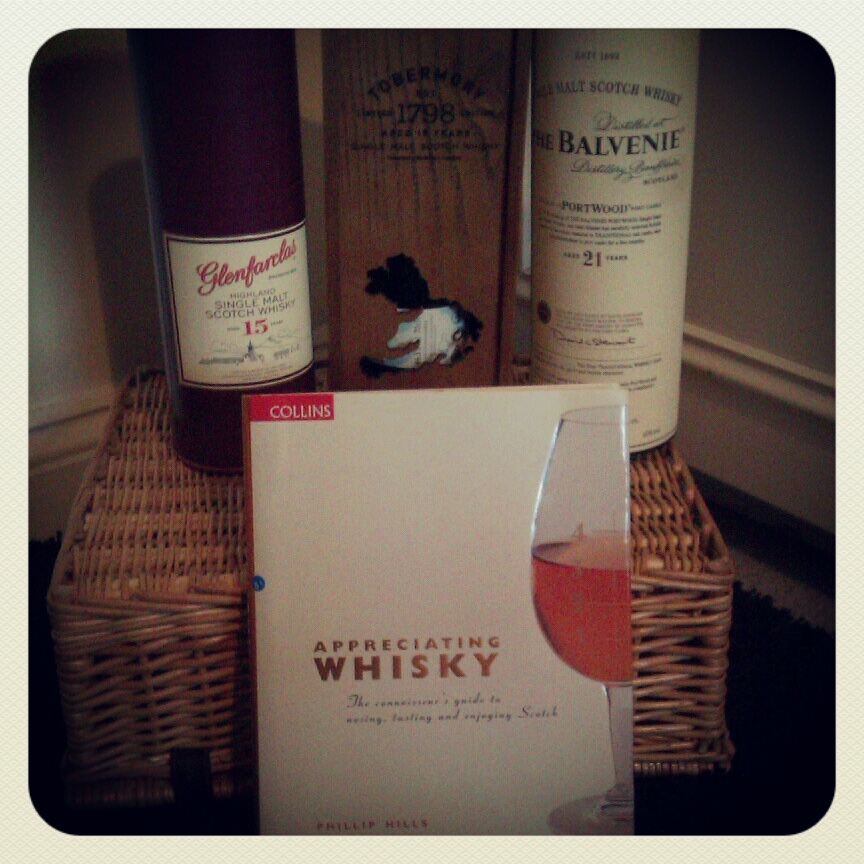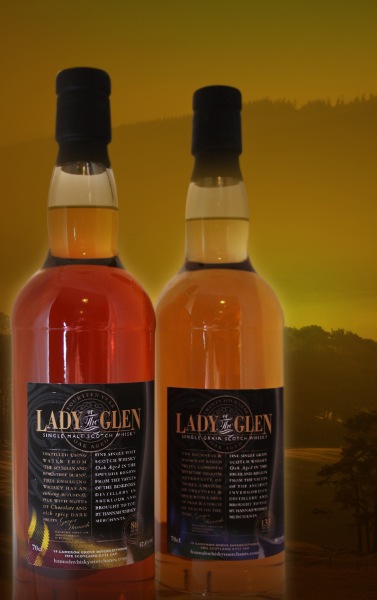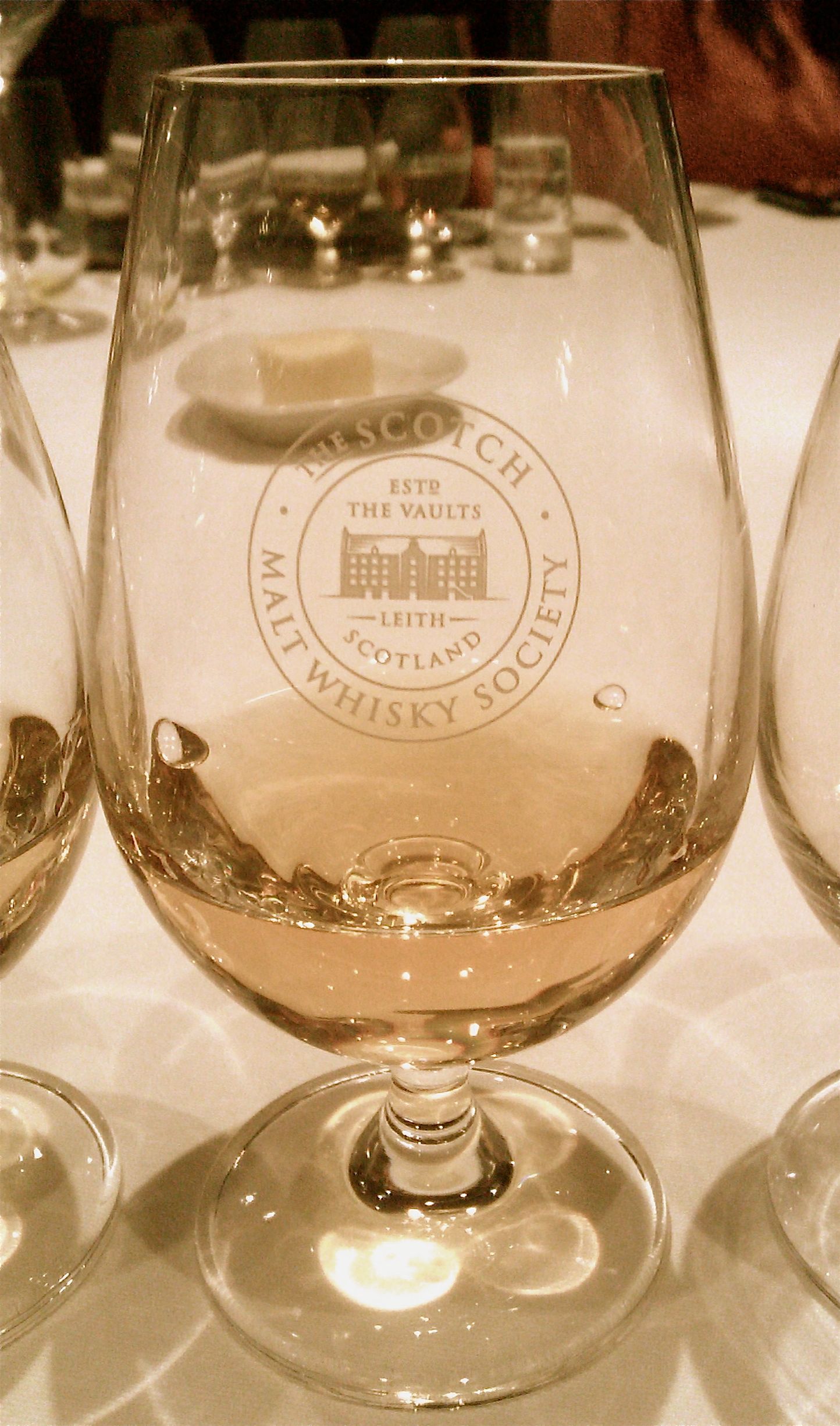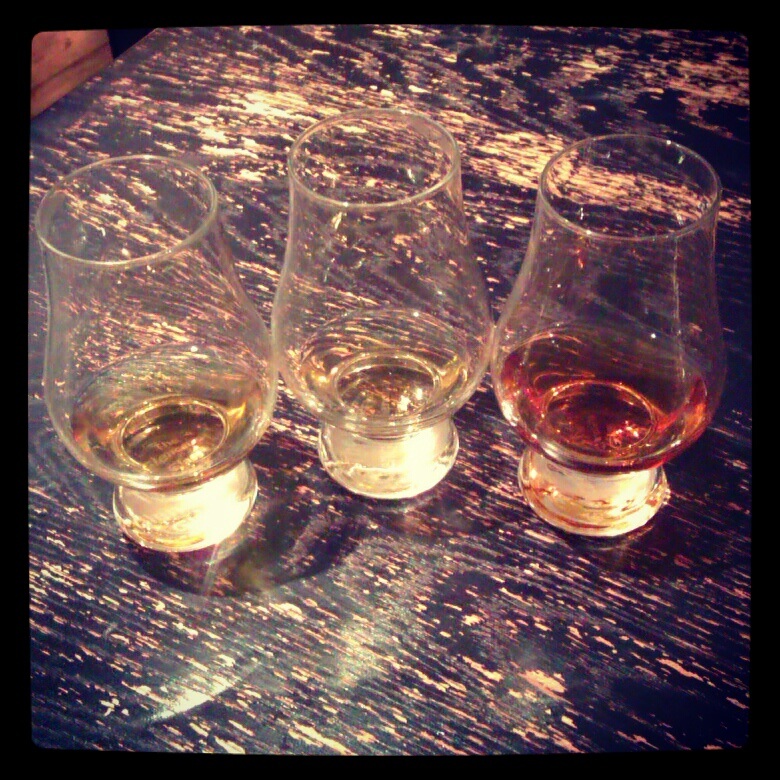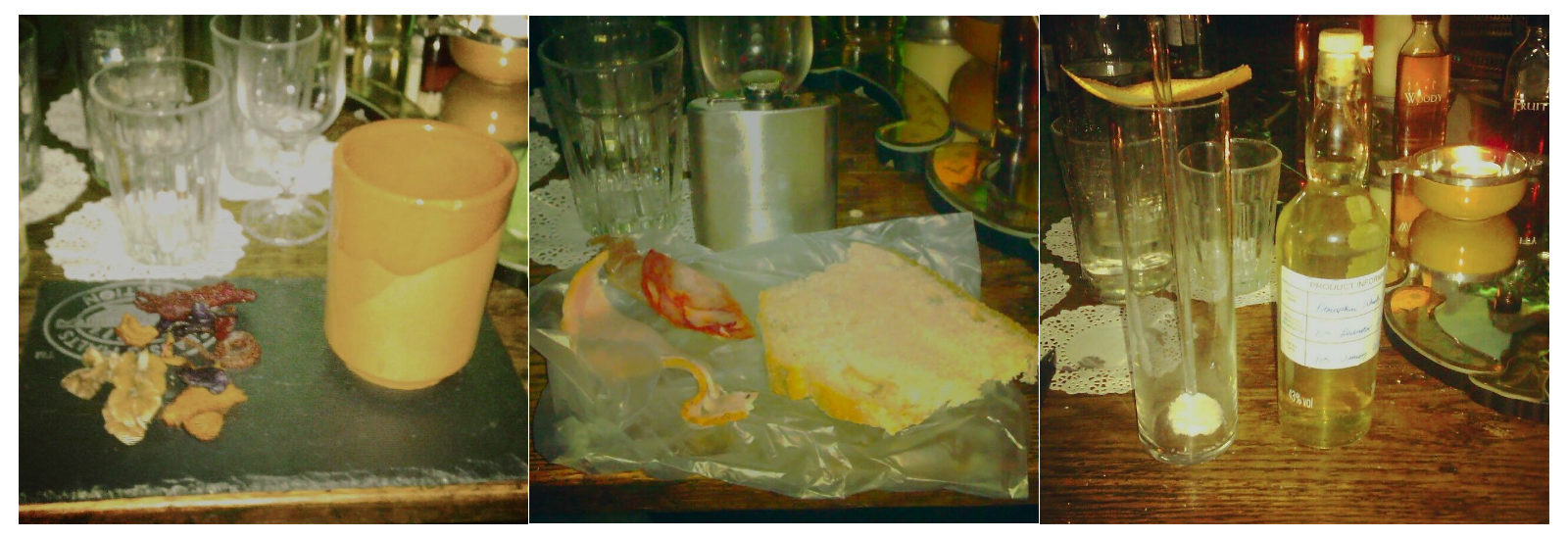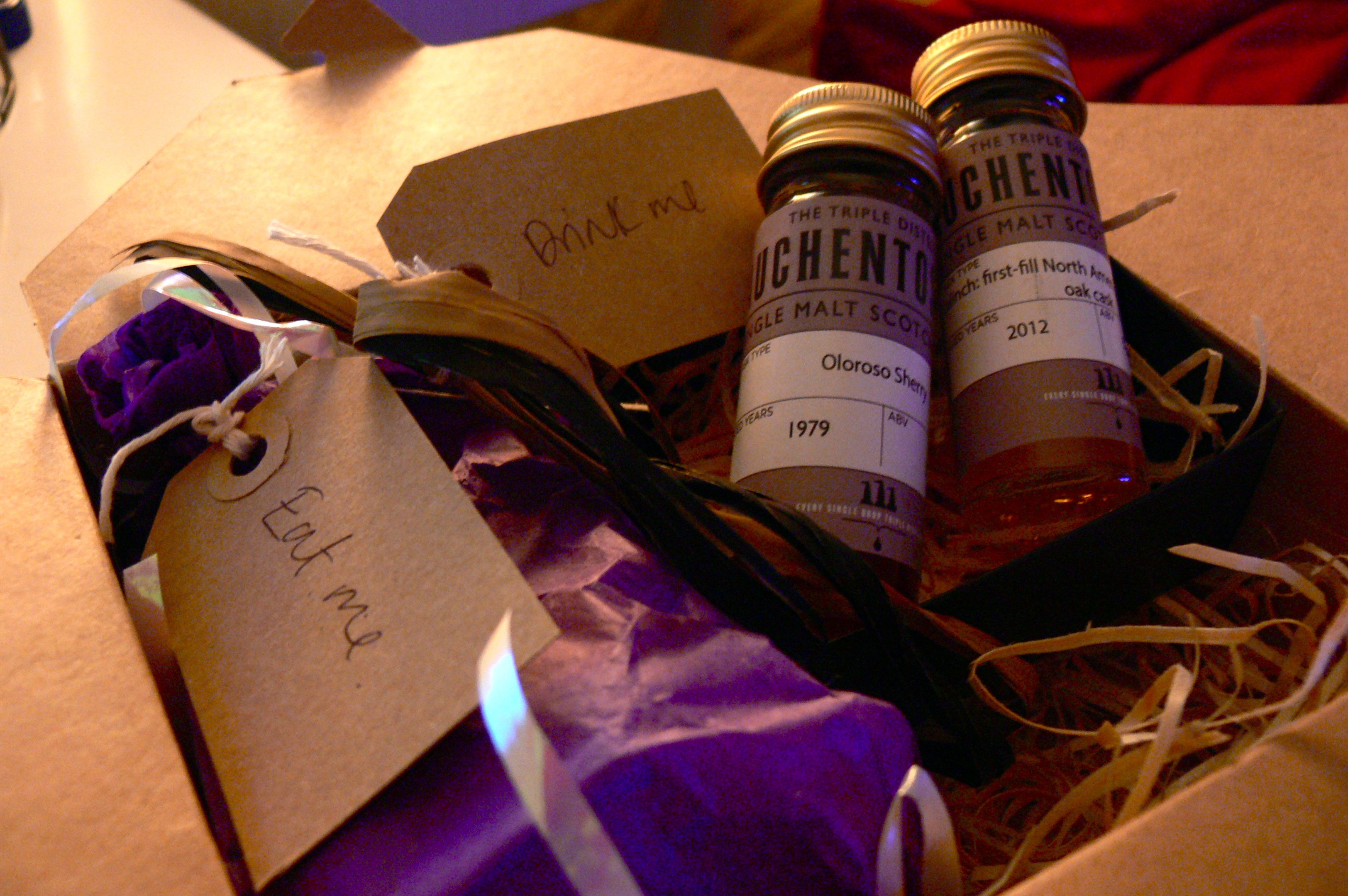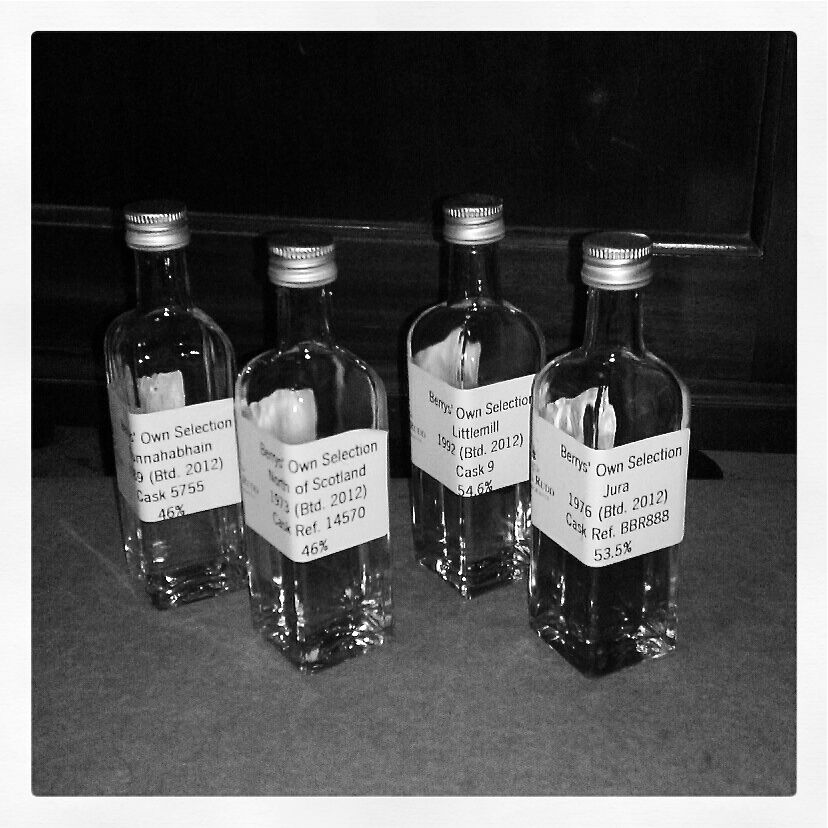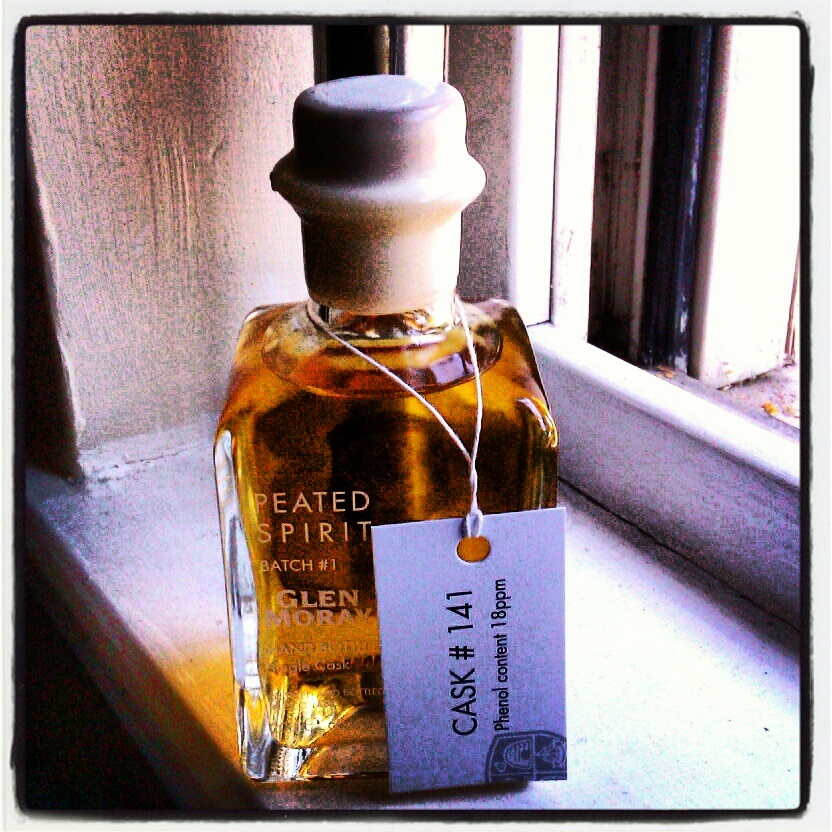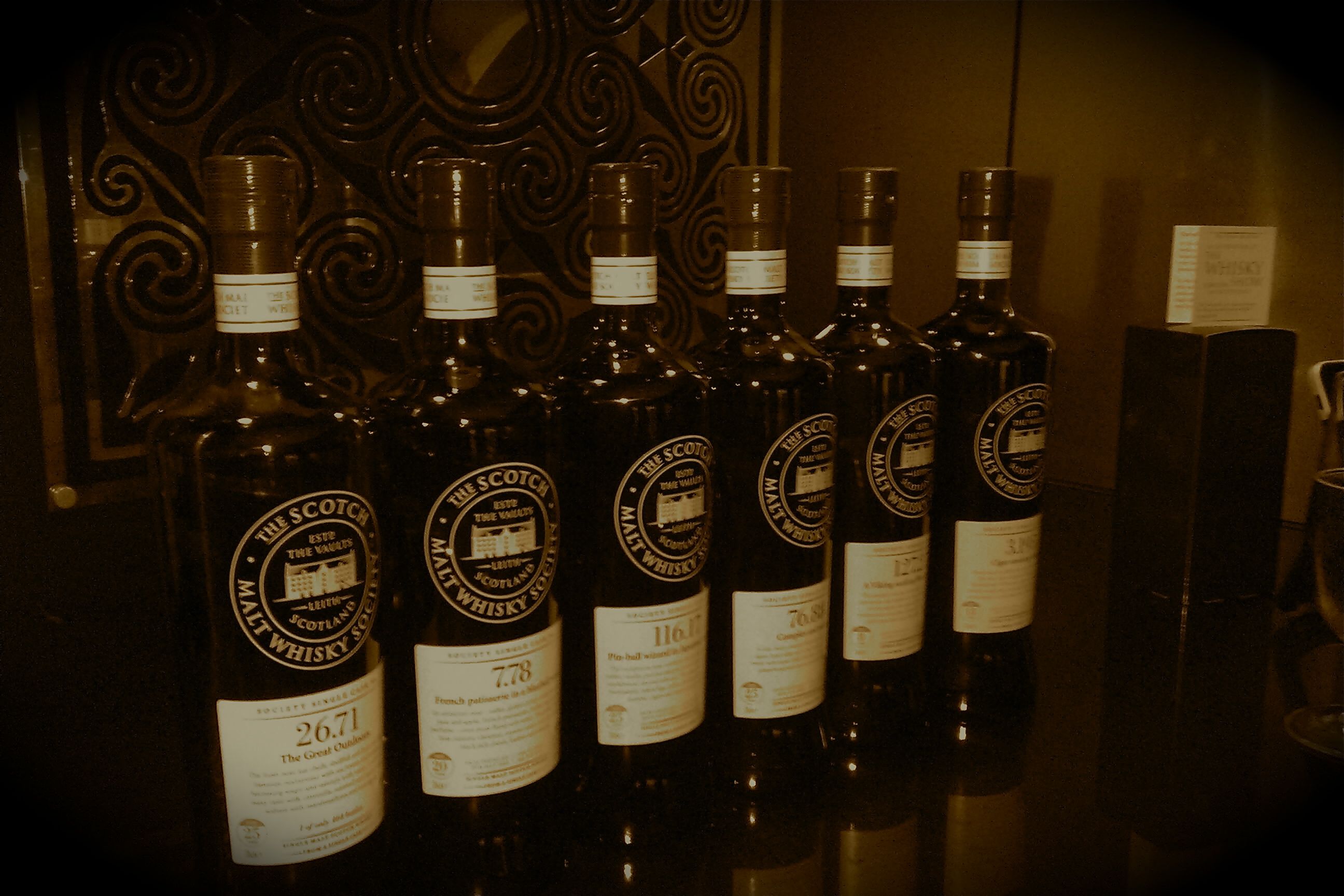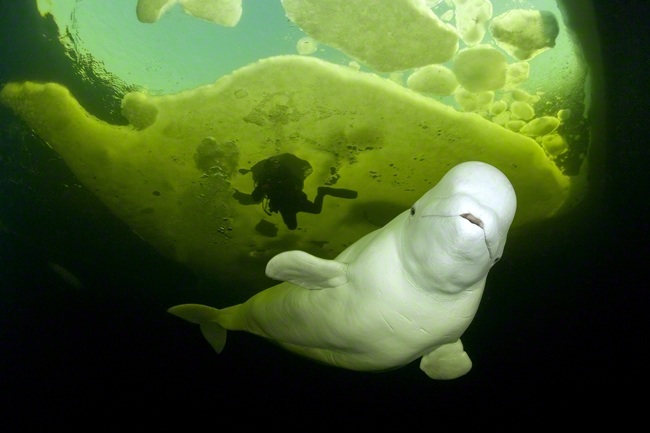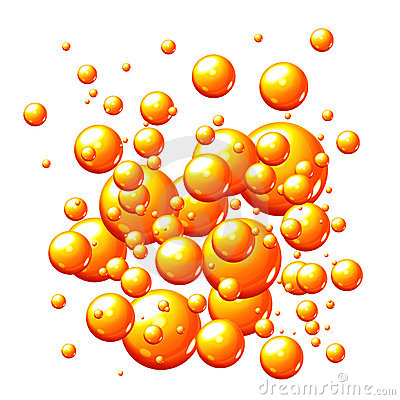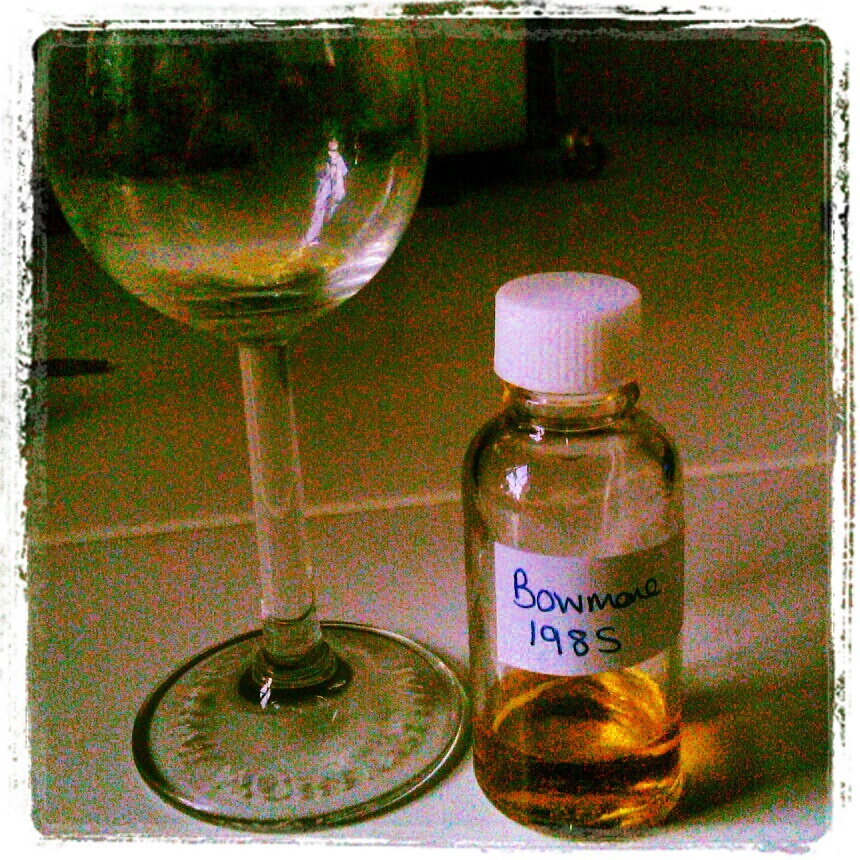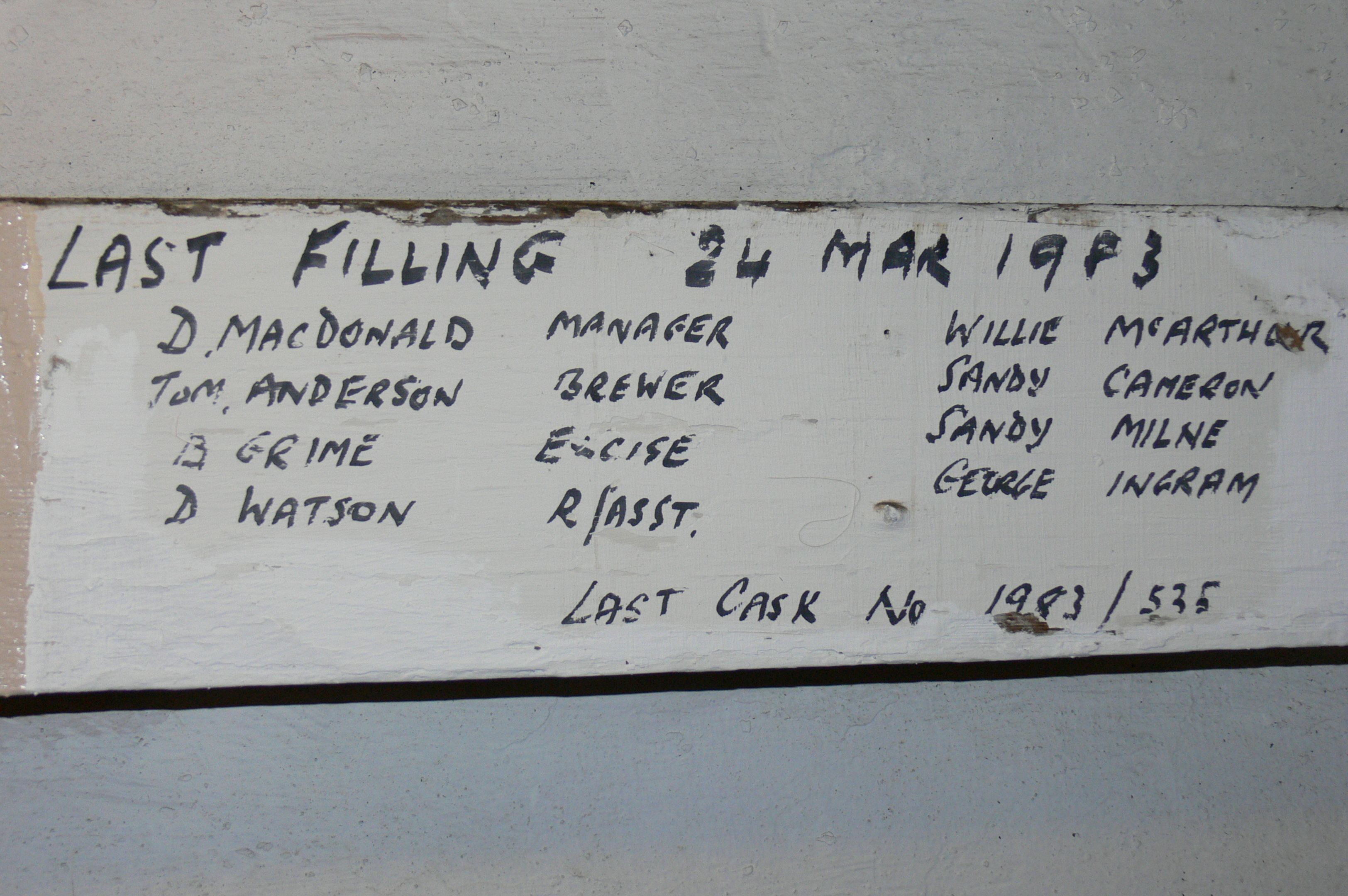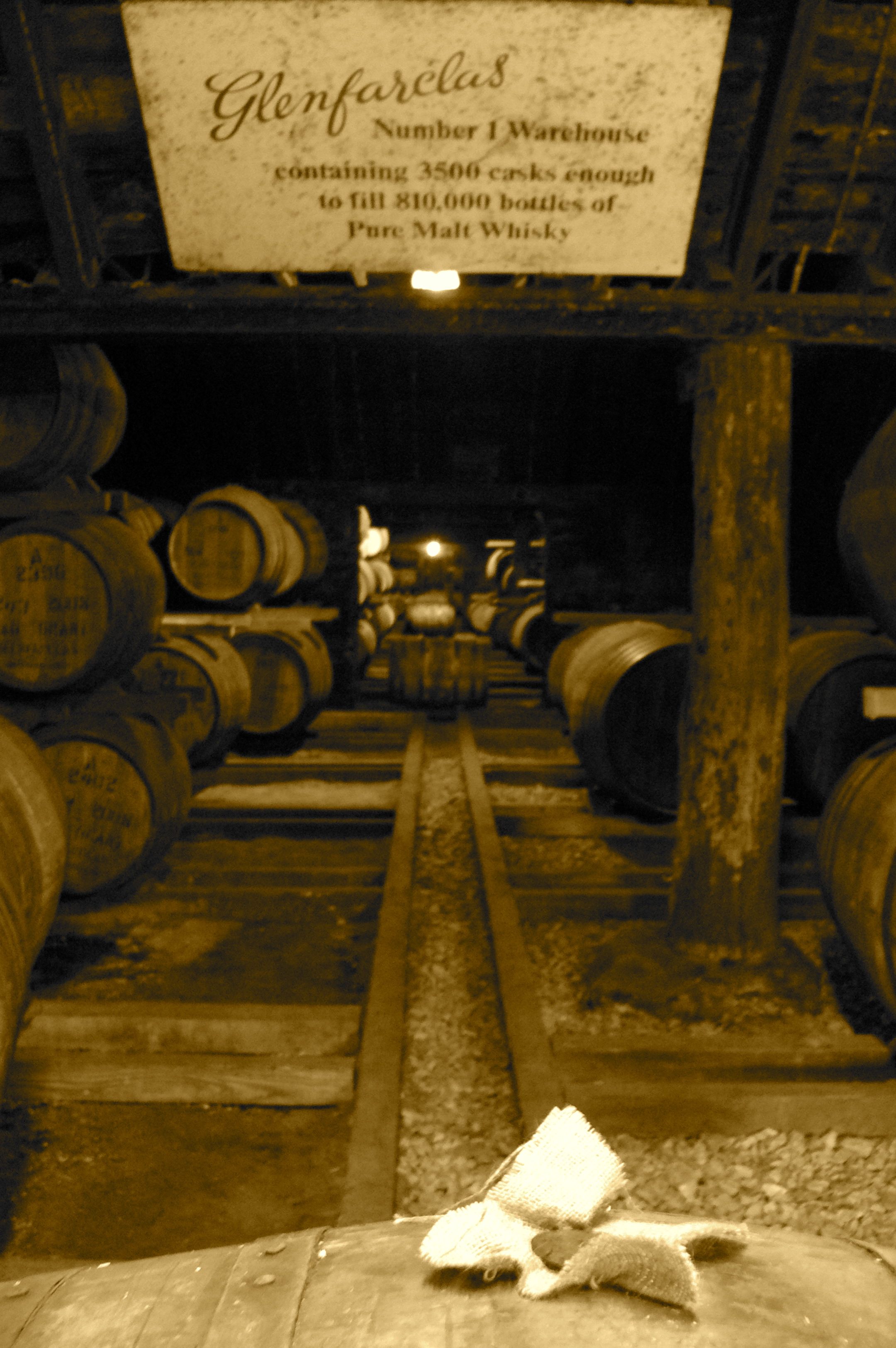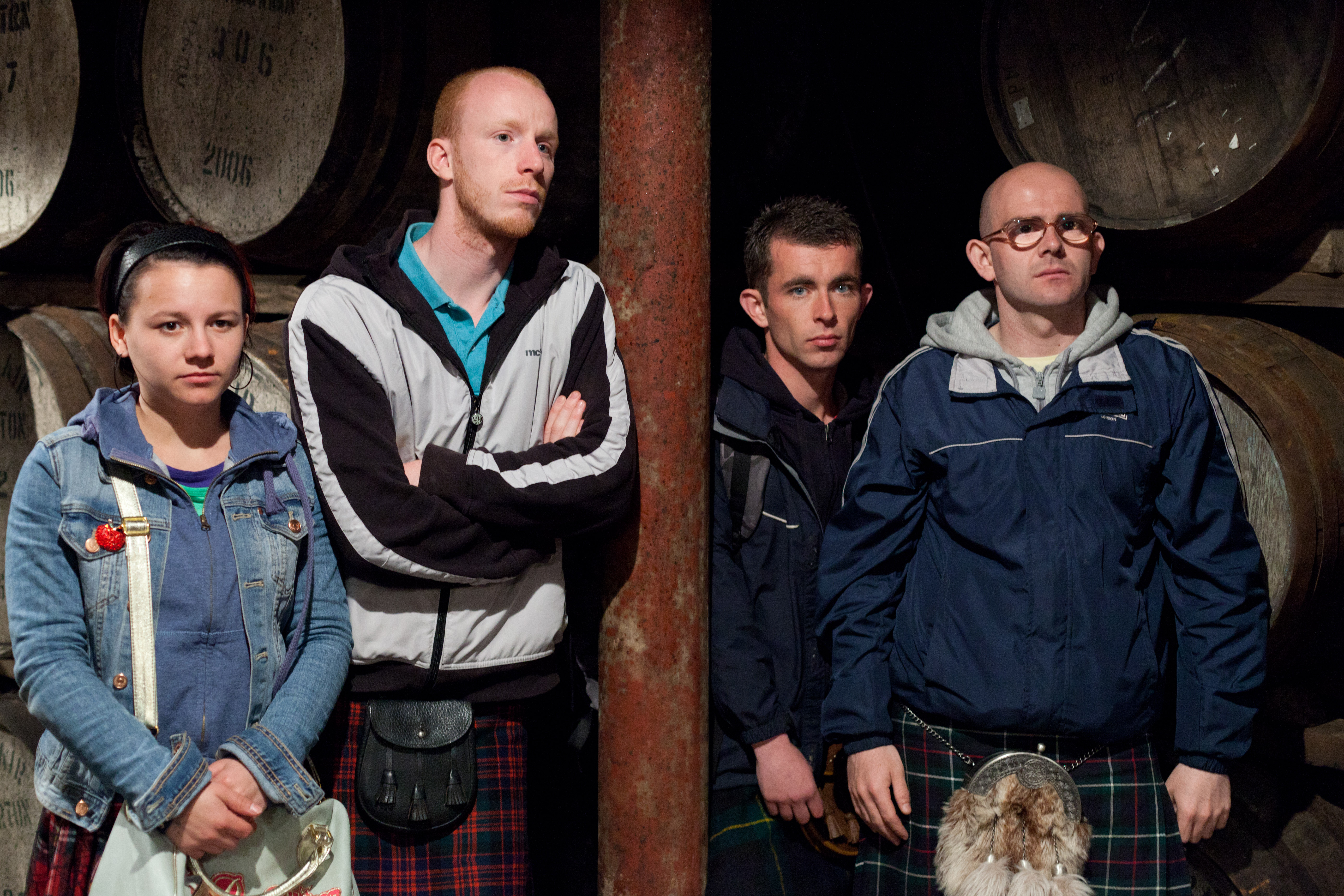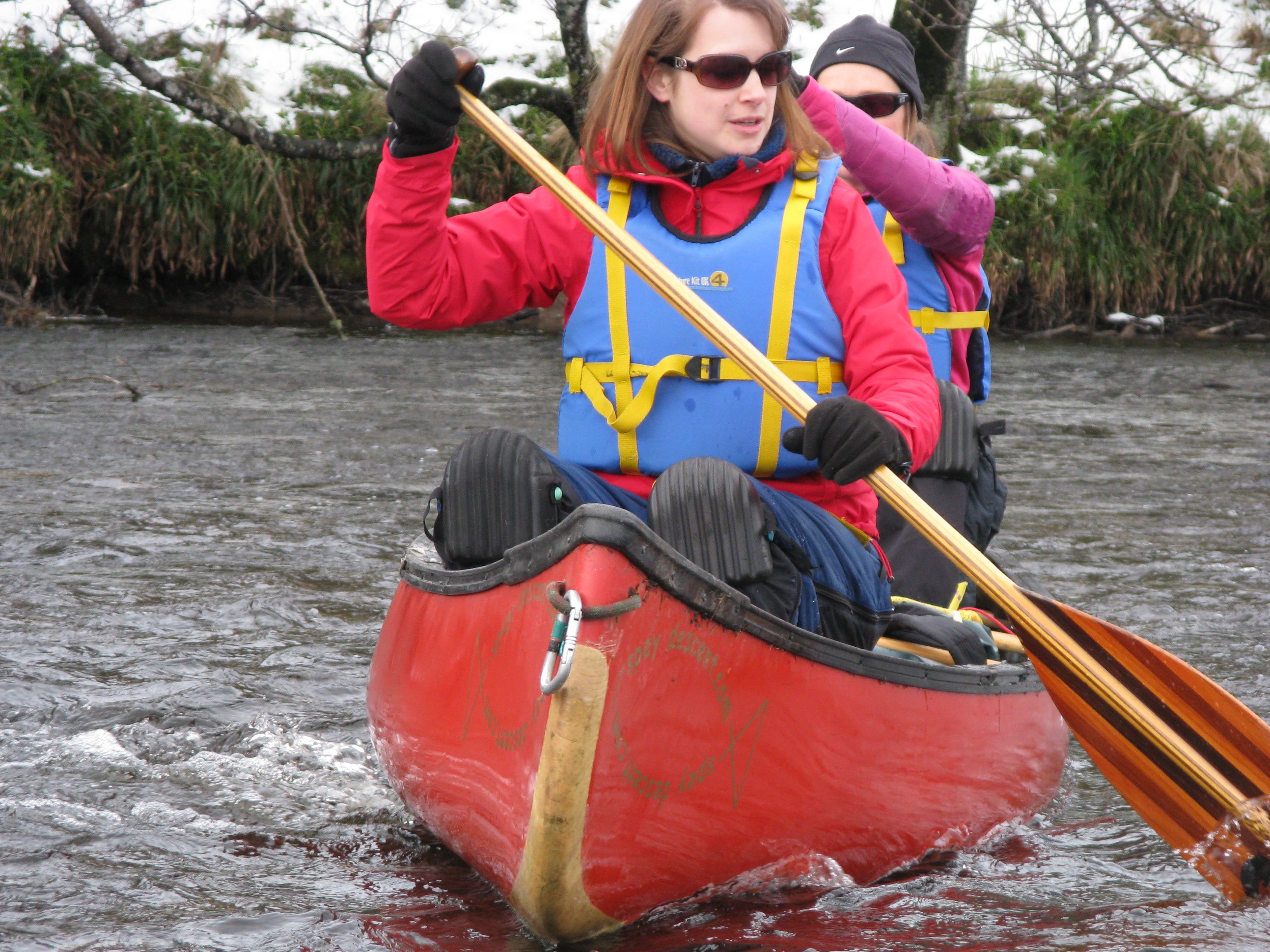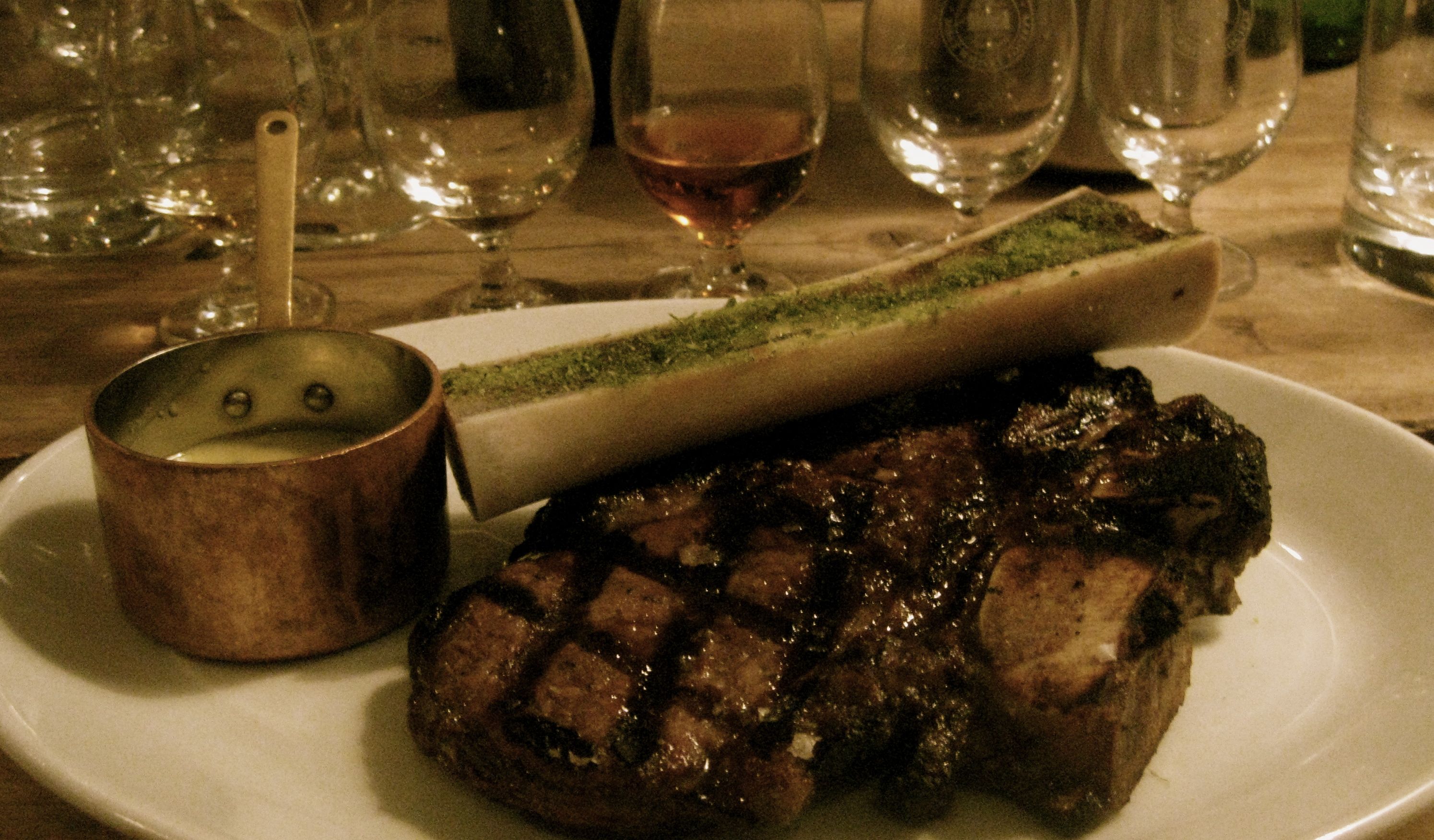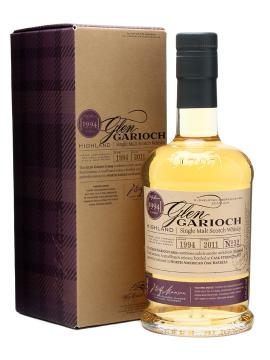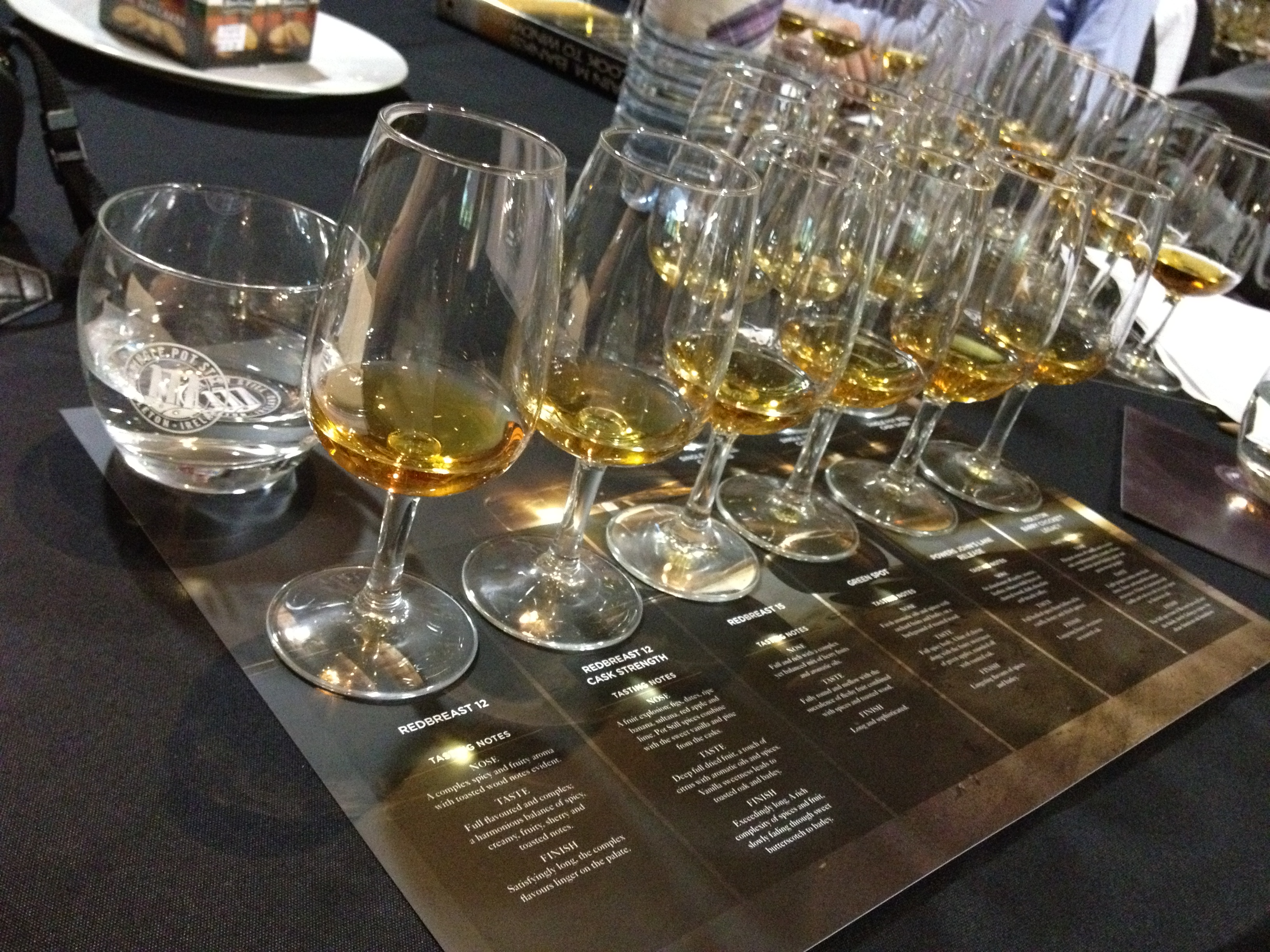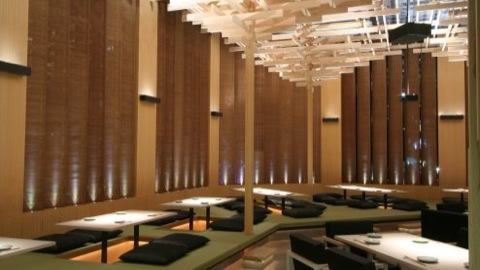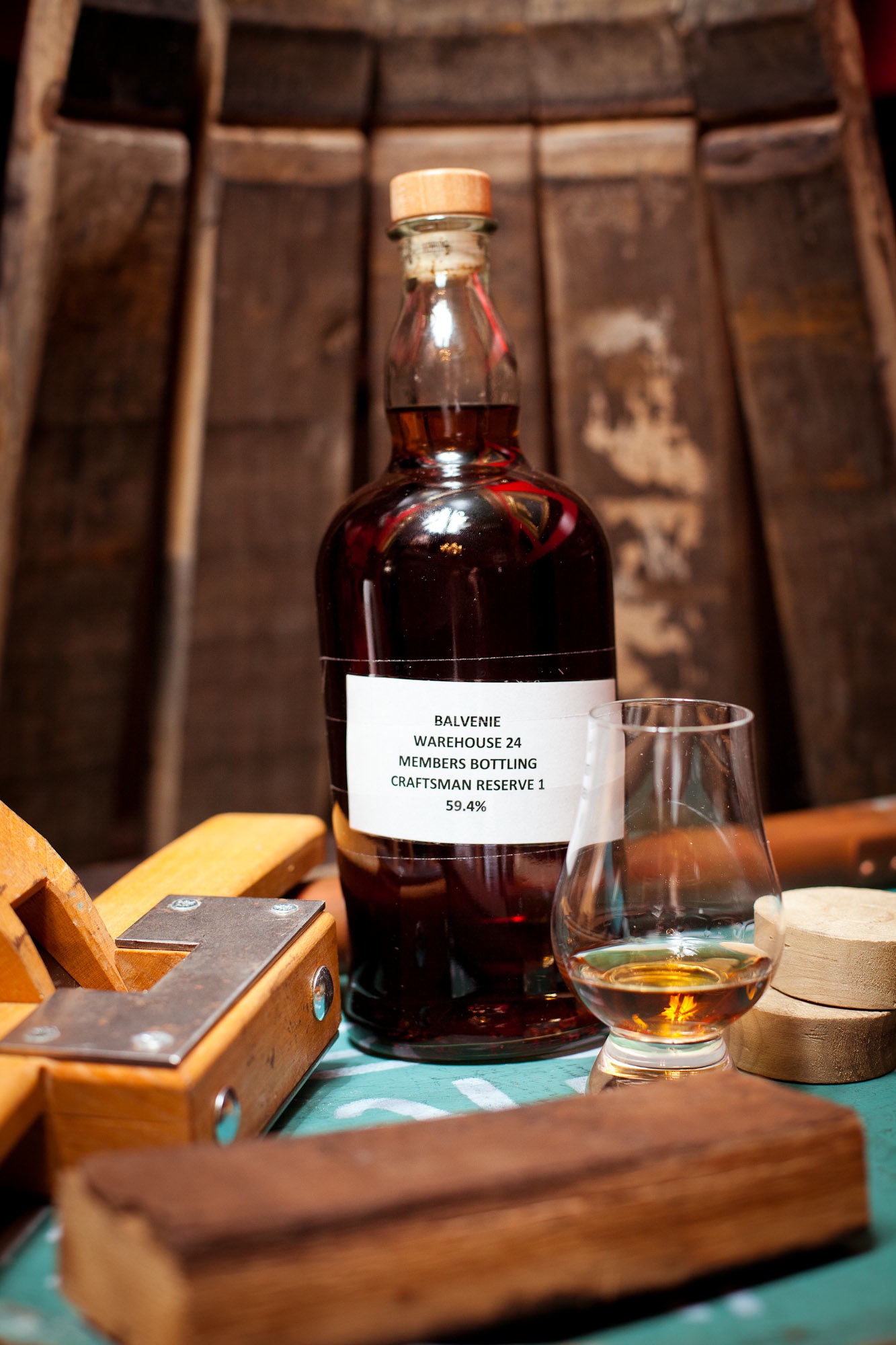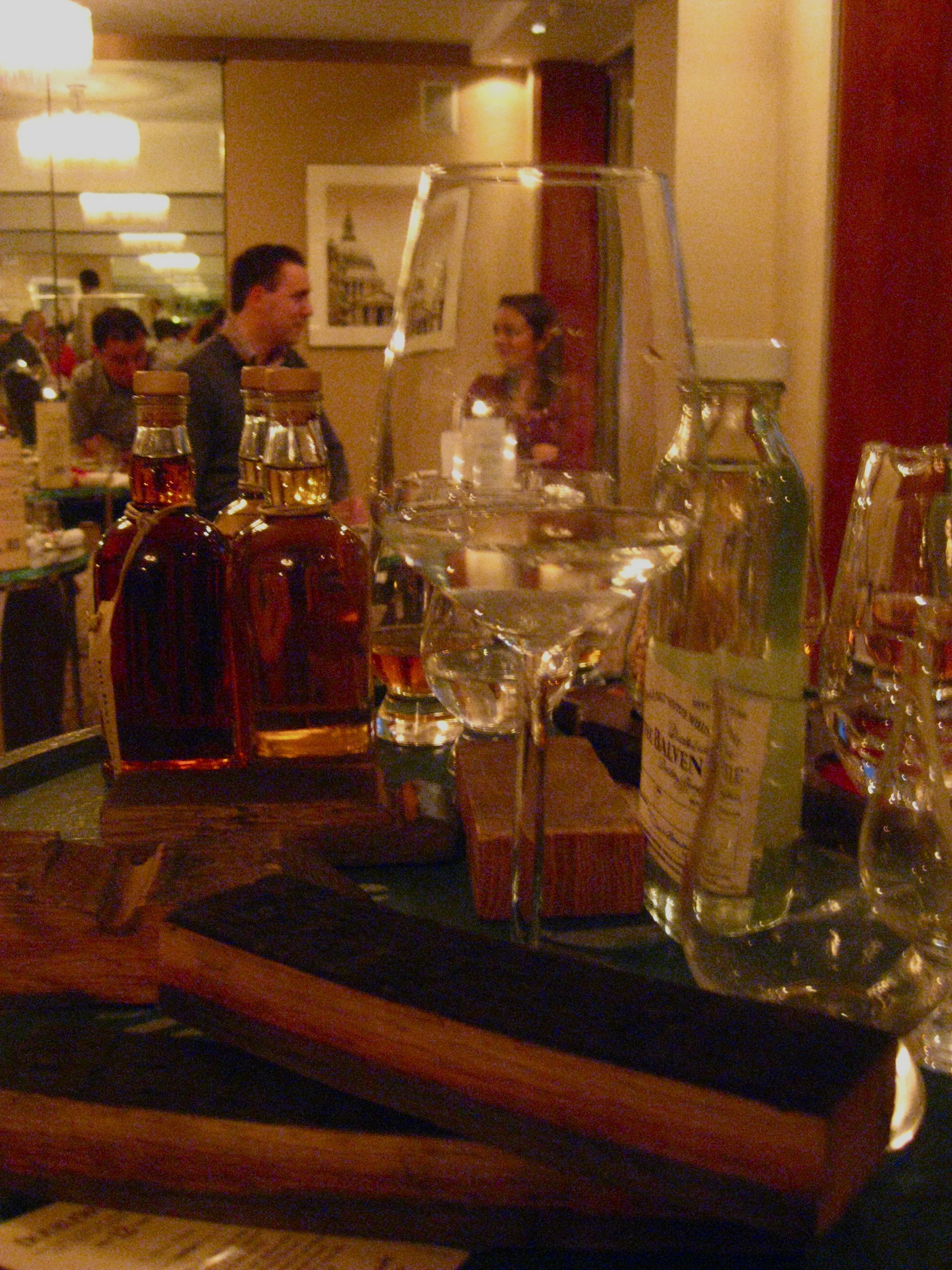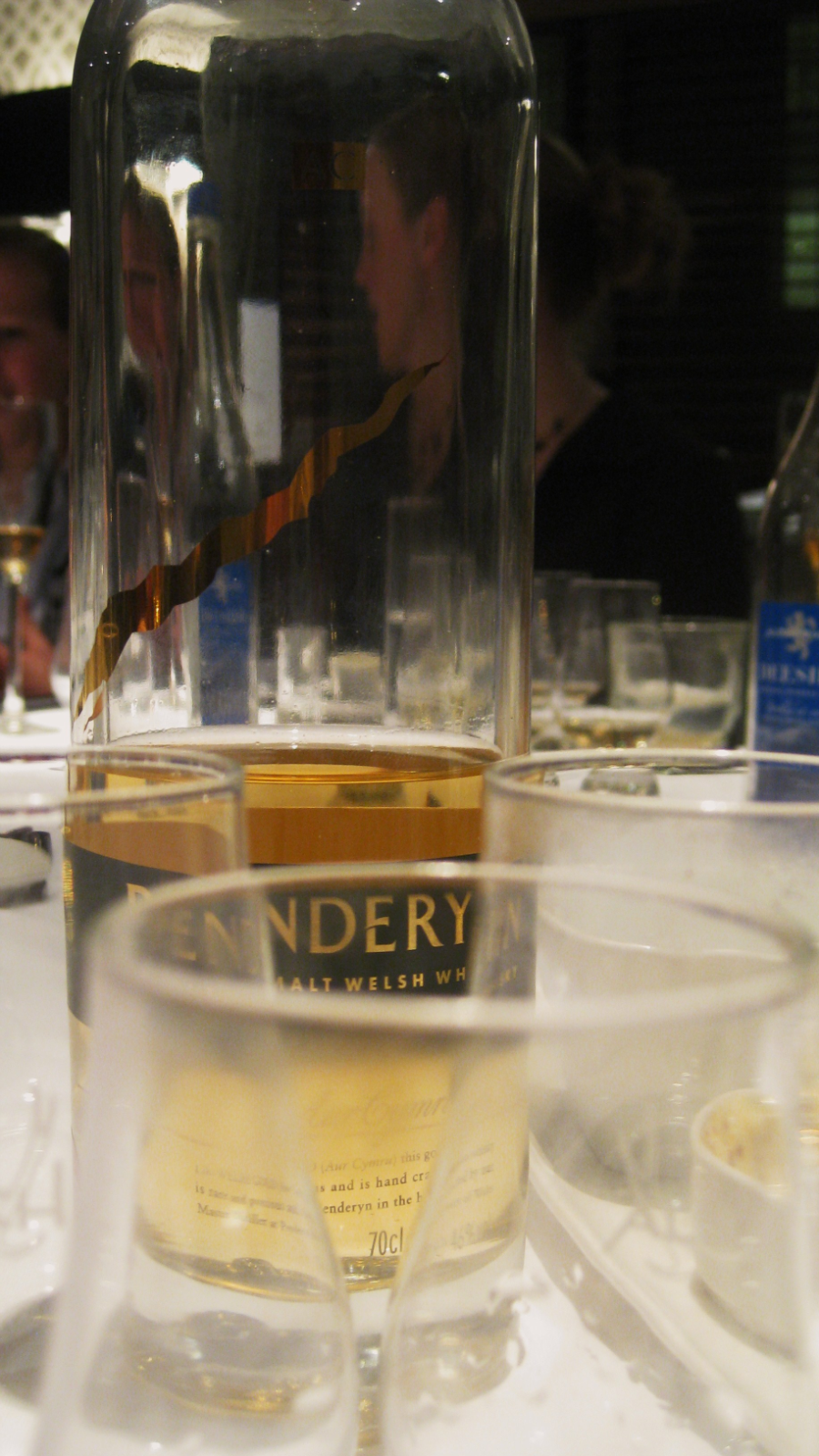 If you’ve got your ear to the ground in the whisky world, then chances are you will have heard of – if not yet tried – the products from Balcones Distillery, a craft whisky company based in Waco, Texas.
If you’ve got your ear to the ground in the whisky world, then chances are you will have heard of – if not yet tried – the products from Balcones Distillery, a craft whisky company based in Waco, Texas.
From the Whisky Magazine Icons of Whisky awards, to the Wizards of Whisky awards and Best in Glass awards, Balcones has been hitting the headlines by snaffling up loads of prizes for its various products.
But, headlines aside, just what is Balcones?
Well, the distillery was founded in 2008 by a chap called Chip Tate, who had already established himself on the craft brewing scene after training as a brewer through the Institute and Guild of Brewing and Distilling’s programme back in 2002.
After deciding he wanted to focus on distilling, he founded Balcones, which is named after a large fault line that runs from the southwest of the state, through to the northern central part where Waco is.
Chip then managed to get an internship to study alongside Bruichladdich’s Jim McEwan over the summer of 2008. Following this, he headed back to the heat of Texas to build his distillery from scratch and began producing spirit in 2009, launching the first Texas whisky since Prohibition called Baby Blue, which was made from the unusual blue corn.
Since, he has gone on to launch an array of other Texas whiskies, including the True Blue, Rumble Cask Reserve, Texas Single Malt ‘1’ and Brimstone brands, amongst others. He’s also recently become a father, so there seems to be little time to rest for Chip.
At last year’s Whisky Magazine Icons of Whisky Awards, Balcones was named ‘Craft Distillery of the Year’, while later on in 2012, the Wizards of Whisky awards voted it the ‘US Craft Distillery of the Year’ and the Best in Glass Awards gave its Texas Single Malt ‘1’ the overall winner of the year award.
I received some samples back in December and I have been pondering over them ever since. There is a reason for this and it is simply that Balcones makes whiskies that are unlike any others I’ve tried before. I needed to come back to them two or three times to get a better idea of whether I liked, loved or loathed them.
So, what conclusions have I come to?
 I’ll start with the Baby Blue whisky, which comes in at 46% ABV and which is distilled from blue corn. Now, if you’ve not had blue corn chips (ie: crisps), you’ll probably have no idea what they taste like. As a child, these were a special treat in my house normally saved for the Grey Cup (that’s the Canadian [American] football championships) and the Super Bowl (American [American] football championships). Keeping up with me? Good. This whisky is certainly unusual but it’s also appealing, as I found on subsequent tastings. With a colour of Quality Street toffee coins, it has a spring-like nose of grassy fields, a forest, hay and violets, with the additions of roasted nuts, melting brown sugar and marzipan. The palate was more watery than expected at first, but it gave way to flavours of vanilla, aspartame, a hint of spearmint, and had the powdery, dusty characteristic of crumbling SweetTart candies. The finish was slightly drying, with a vegetal note. I loved the smell of this whisky but the taste, for me, was a bit underwhelming on the whole. Still, I’ve got more to try so I’ll likely come back to it again.
I’ll start with the Baby Blue whisky, which comes in at 46% ABV and which is distilled from blue corn. Now, if you’ve not had blue corn chips (ie: crisps), you’ll probably have no idea what they taste like. As a child, these were a special treat in my house normally saved for the Grey Cup (that’s the Canadian [American] football championships) and the Super Bowl (American [American] football championships). Keeping up with me? Good. This whisky is certainly unusual but it’s also appealing, as I found on subsequent tastings. With a colour of Quality Street toffee coins, it has a spring-like nose of grassy fields, a forest, hay and violets, with the additions of roasted nuts, melting brown sugar and marzipan. The palate was more watery than expected at first, but it gave way to flavours of vanilla, aspartame, a hint of spearmint, and had the powdery, dusty characteristic of crumbling SweetTart candies. The finish was slightly drying, with a vegetal note. I loved the smell of this whisky but the taste, for me, was a bit underwhelming on the whole. Still, I’ve got more to try so I’ll likely come back to it again.
 Next up was the Texas Single Malt ‘1’, a stronger dram that comes in at 53% made in the more ‘traditional’ sense with malted barley. This one, again, perplexed me as I had very different reactions to it each time I picked it up. The first time, there were huge (read: HUGE) notes of caramel and vanilla, that burst out of the glass. The next time, I smelled more cloves, oak and chewy black licorice notes that reminded me of something from my childhood I couldn’t quite place (though a woodshop and Christmas came to mind). The third time it reminded me of the filling you put into butter tarts (find out what this Canadian food is here). Regardless, this whisky had my favourite ‘nose’ of the three I tried from Balcones. But I’m still unsure about how it sits on the palate. For me, there was a lot of fire and youngish notes to it in the mouth that weren’t as appealing though these certainly eased with water. Sitting behind that intensity, however, was a rich thick honey, oak and cherry cough syrup flavour that I really enjoyed. It has a certain acidity to the finish as well that was hard to place. I think I need to go back to it a fourth time to see how it changes yet again.
Next up was the Texas Single Malt ‘1’, a stronger dram that comes in at 53% made in the more ‘traditional’ sense with malted barley. This one, again, perplexed me as I had very different reactions to it each time I picked it up. The first time, there were huge (read: HUGE) notes of caramel and vanilla, that burst out of the glass. The next time, I smelled more cloves, oak and chewy black licorice notes that reminded me of something from my childhood I couldn’t quite place (though a woodshop and Christmas came to mind). The third time it reminded me of the filling you put into butter tarts (find out what this Canadian food is here). Regardless, this whisky had my favourite ‘nose’ of the three I tried from Balcones. But I’m still unsure about how it sits on the palate. For me, there was a lot of fire and youngish notes to it in the mouth that weren’t as appealing though these certainly eased with water. Sitting behind that intensity, however, was a rich thick honey, oak and cherry cough syrup flavour that I really enjoyed. It has a certain acidity to the finish as well that was hard to place. I think I need to go back to it a fourth time to see how it changes yet again.
 The final dram of the brand I sampled was Brimstone. Now, if ever there were a divisive whisky, this would be it for me. I’ve read a lot of good reviews and a lot of perplexed reviews about this one but the general theme is this: BBQ. It is one hell of a meaty dram in the mouth. Coming in at 53%, this whisky is smoked using a secret process involving Texas scrub oak. The first time I picked it up, all I could smell was pulled pork and a heavy scent of thyme. Unfortunately for me, the smell of thyme tends to make me nauseous because my mother used to make me drink homemade thyme tea when I had a sore throat – and I still can’t get past that smell. But the next time I tried to conquer its beastly scents, I attempted blocking out the thyme scents and instead found peppermint, bacon, wrapping paper and dusty straw fields. The palate is BBQ, BBQ, BBQ, with a touch of chocolate mole, my grandparents’ basement, the inside of a sweaty cowboy hat (I grew up in the countryside, so this was a commonly pervading smell in summer), and butter with a finish of treacle. Brimstone, like the others, is one I’ll need to explore further but I don’t know if it’ll ever win my heart. I highly recommend you try it, however, because your brain will be more confused than Homer Simpson.
The final dram of the brand I sampled was Brimstone. Now, if ever there were a divisive whisky, this would be it for me. I’ve read a lot of good reviews and a lot of perplexed reviews about this one but the general theme is this: BBQ. It is one hell of a meaty dram in the mouth. Coming in at 53%, this whisky is smoked using a secret process involving Texas scrub oak. The first time I picked it up, all I could smell was pulled pork and a heavy scent of thyme. Unfortunately for me, the smell of thyme tends to make me nauseous because my mother used to make me drink homemade thyme tea when I had a sore throat – and I still can’t get past that smell. But the next time I tried to conquer its beastly scents, I attempted blocking out the thyme scents and instead found peppermint, bacon, wrapping paper and dusty straw fields. The palate is BBQ, BBQ, BBQ, with a touch of chocolate mole, my grandparents’ basement, the inside of a sweaty cowboy hat (I grew up in the countryside, so this was a commonly pervading smell in summer), and butter with a finish of treacle. Brimstone, like the others, is one I’ll need to explore further but I don’t know if it’ll ever win my heart. I highly recommend you try it, however, because your brain will be more confused than Homer Simpson.
And so, how do I conclude my journey with Balcones? This is a whisky brand that definitely challenges and that is a good thing, although I’d recommend getting a wee drop from friends with these bottles or tasting them at a whisky show before you invest in a bottle, simply because they are quite different. They are well worth trying and pondering over – most certainly, chameleons in a glass. And that, sometimes, can be most interesting indeed.


